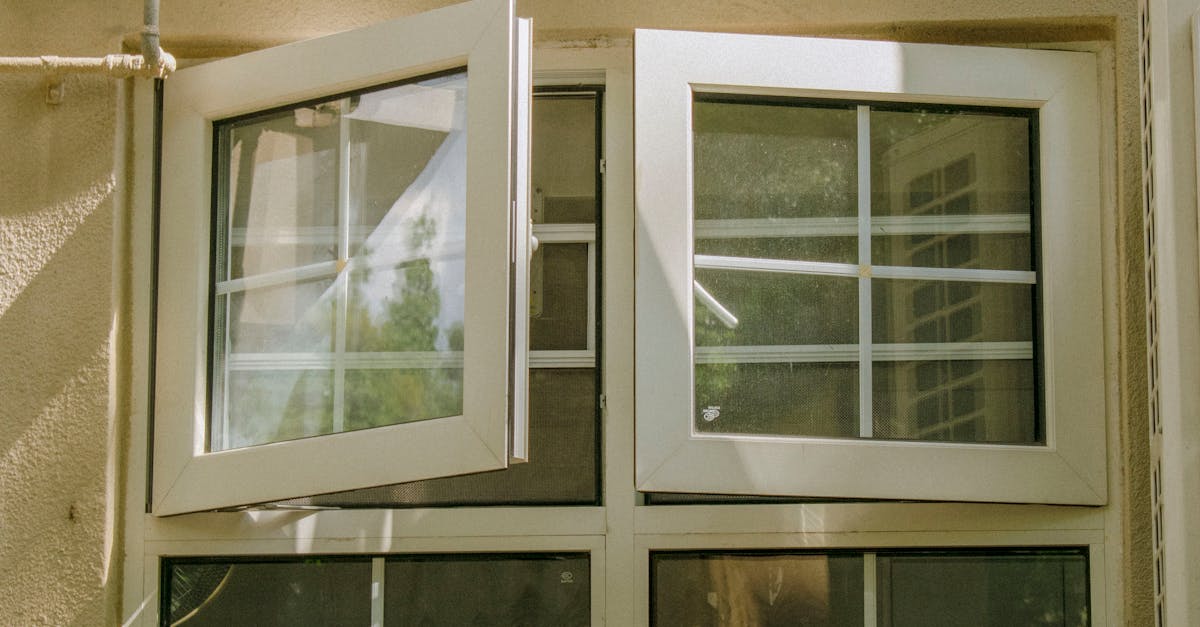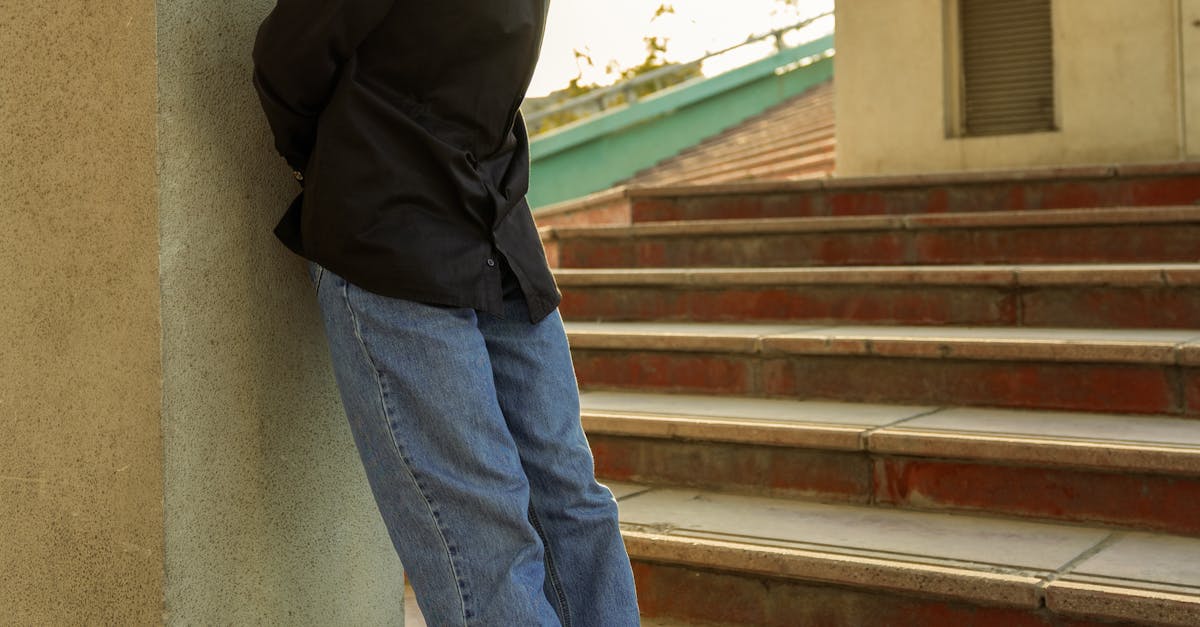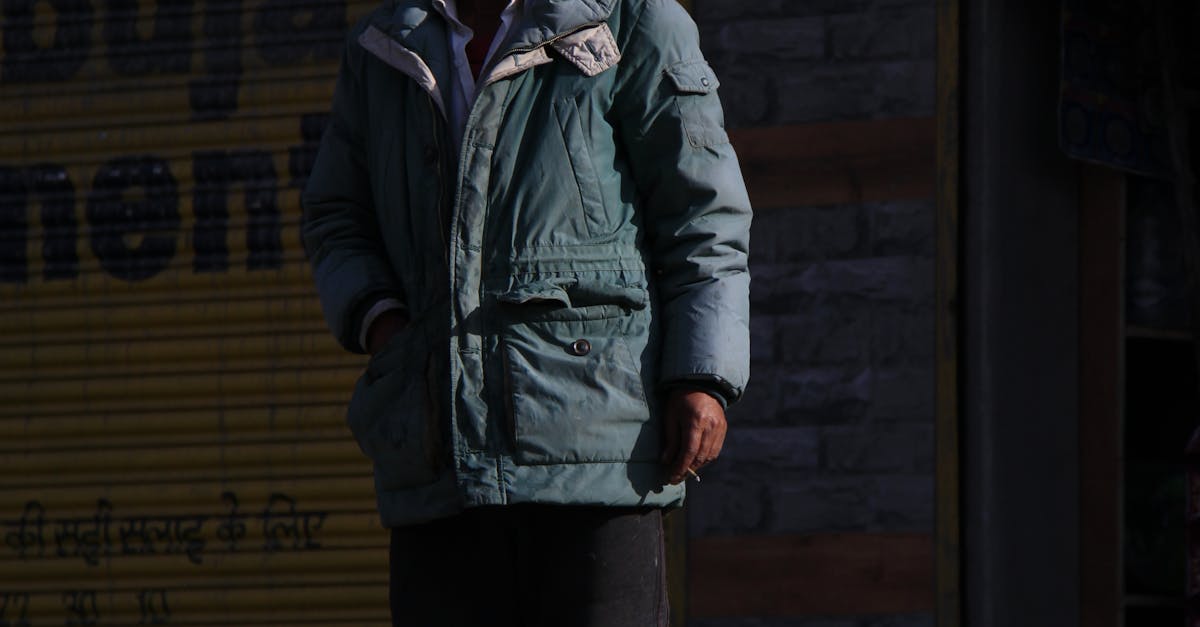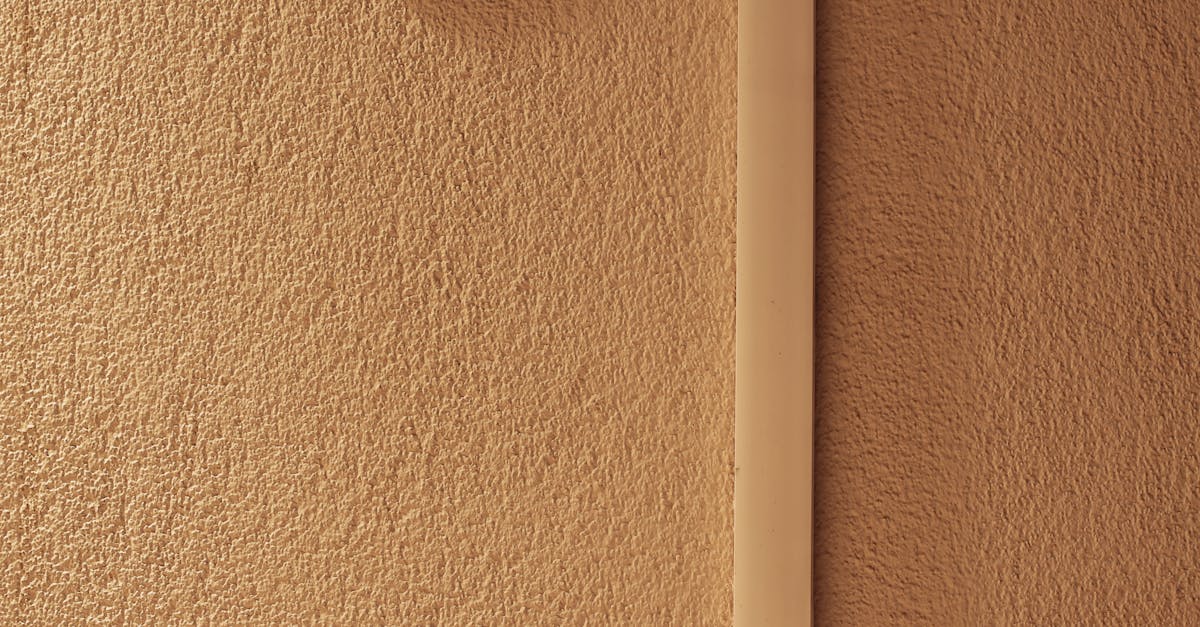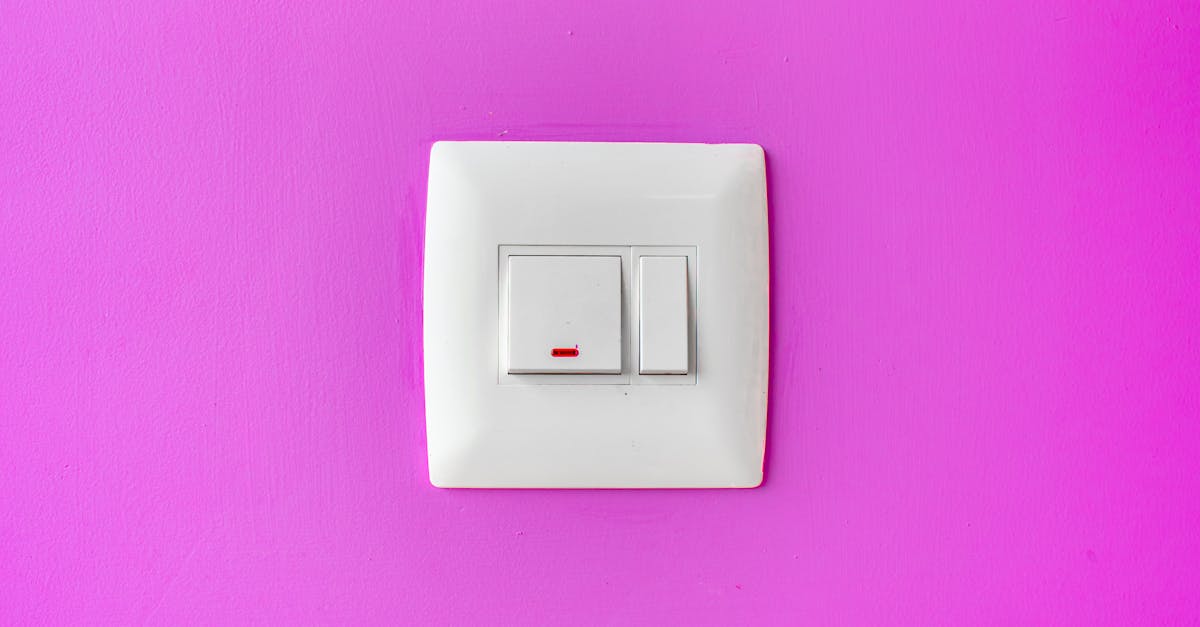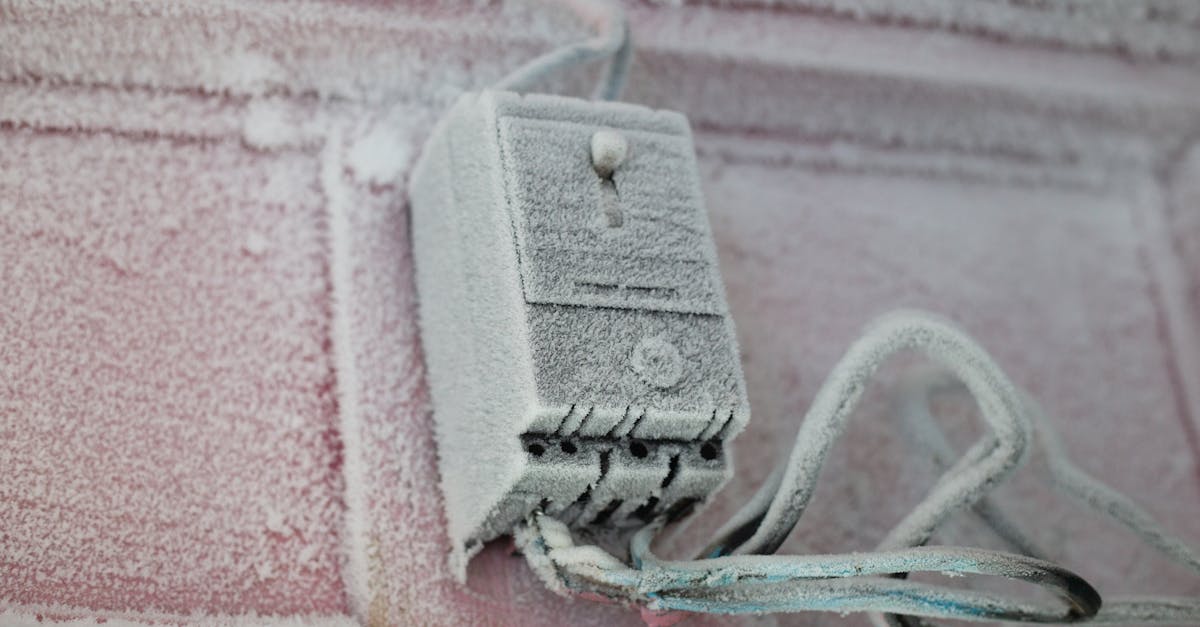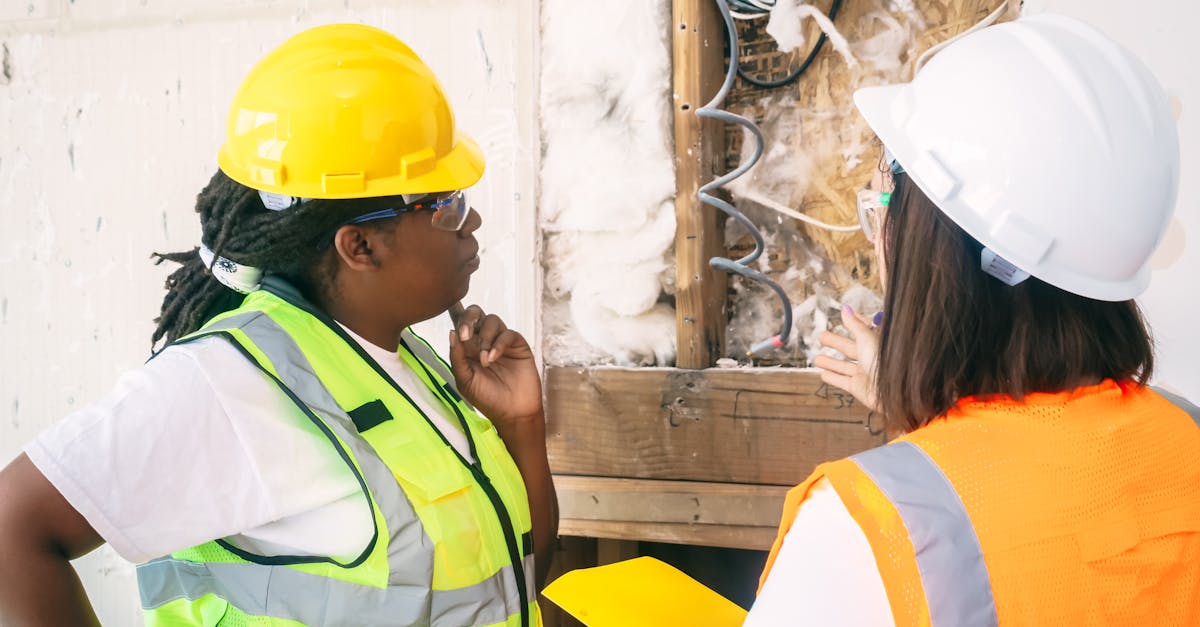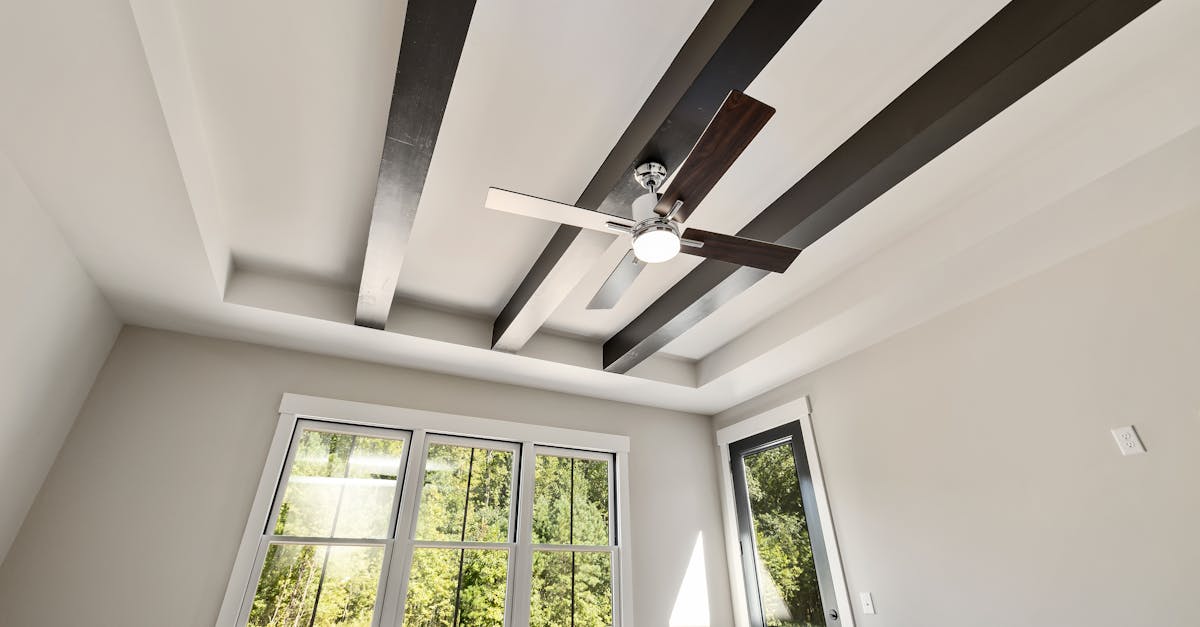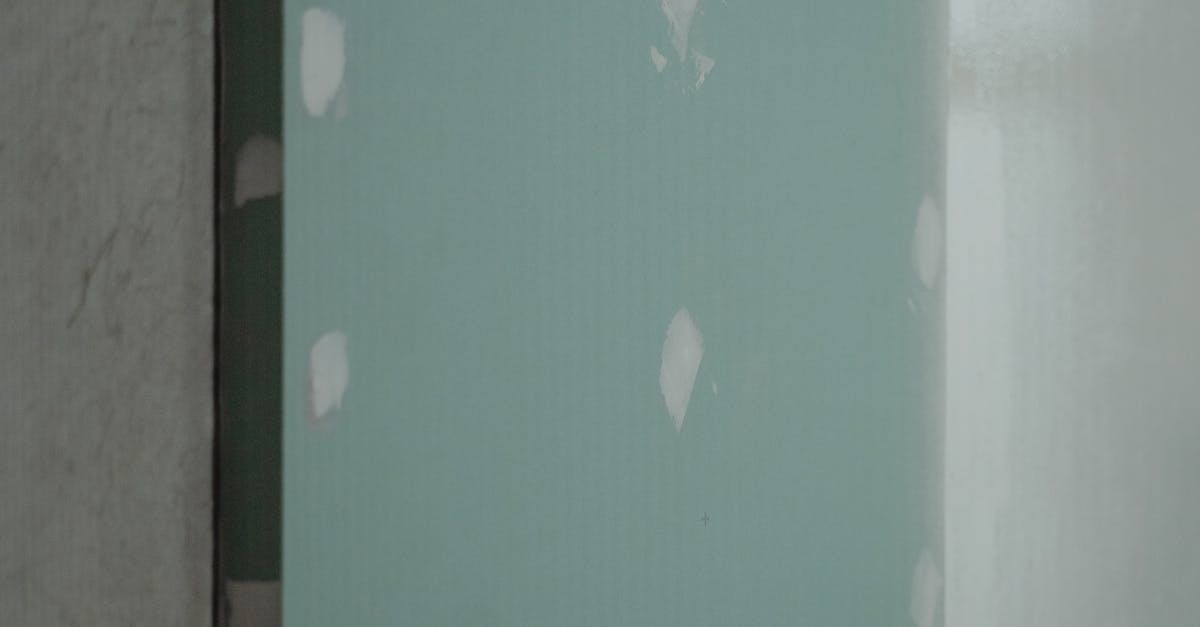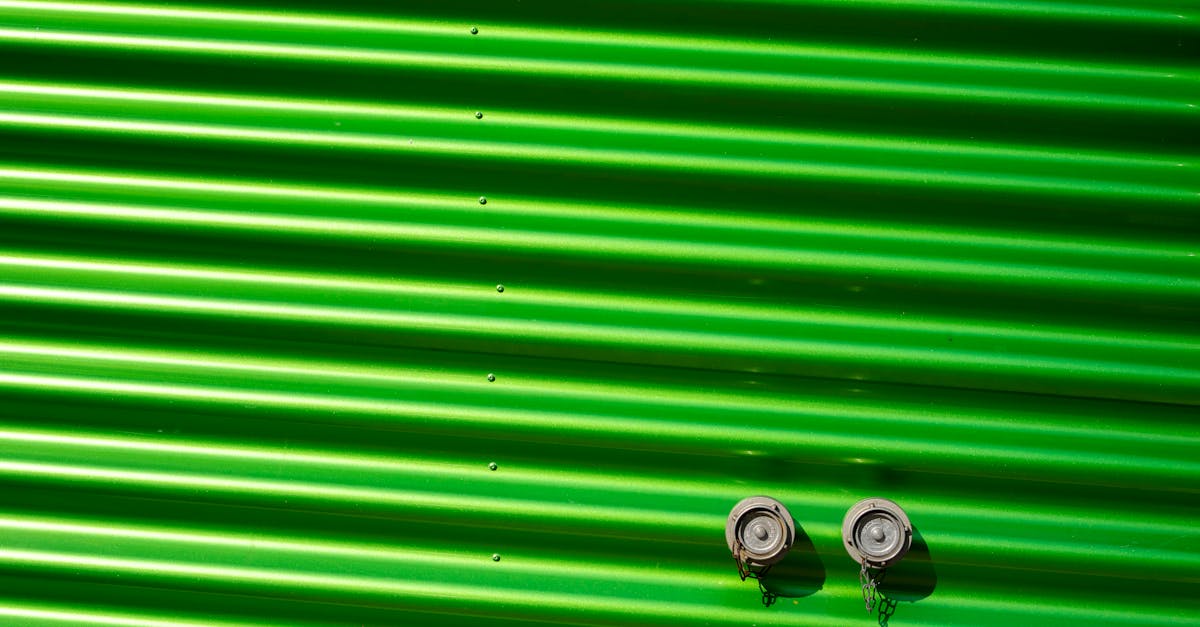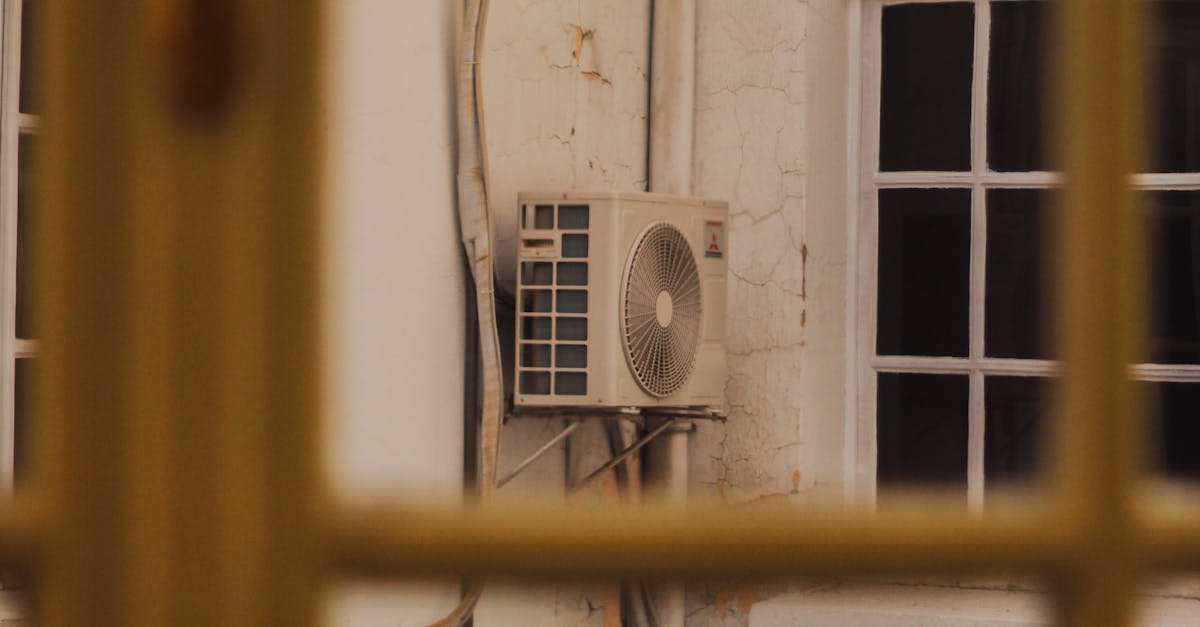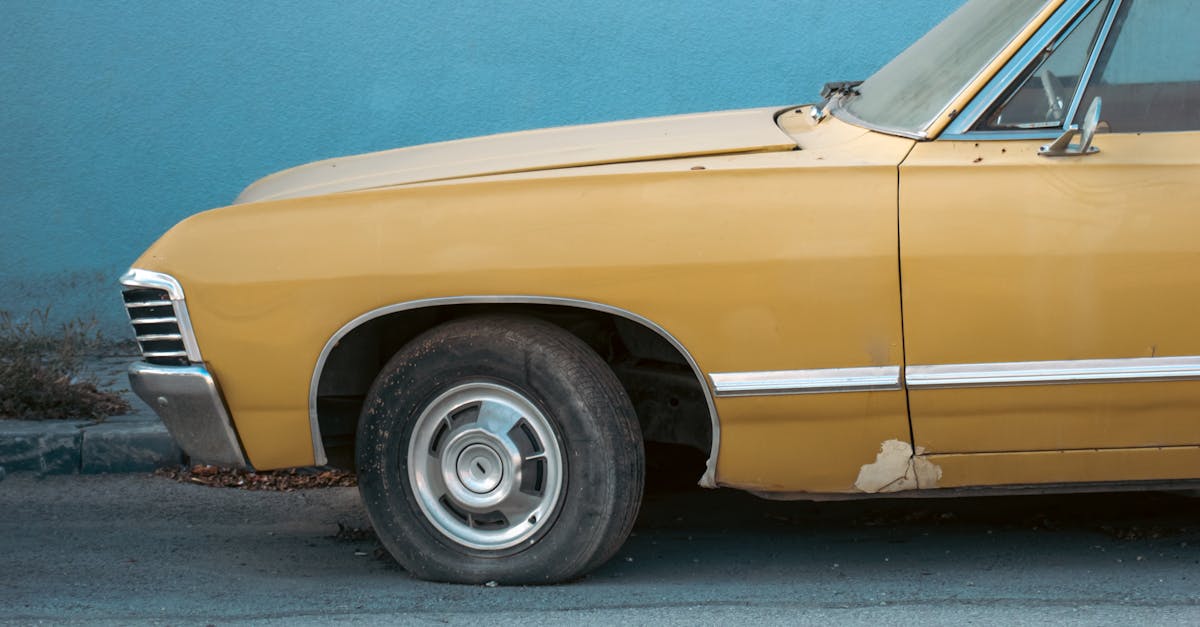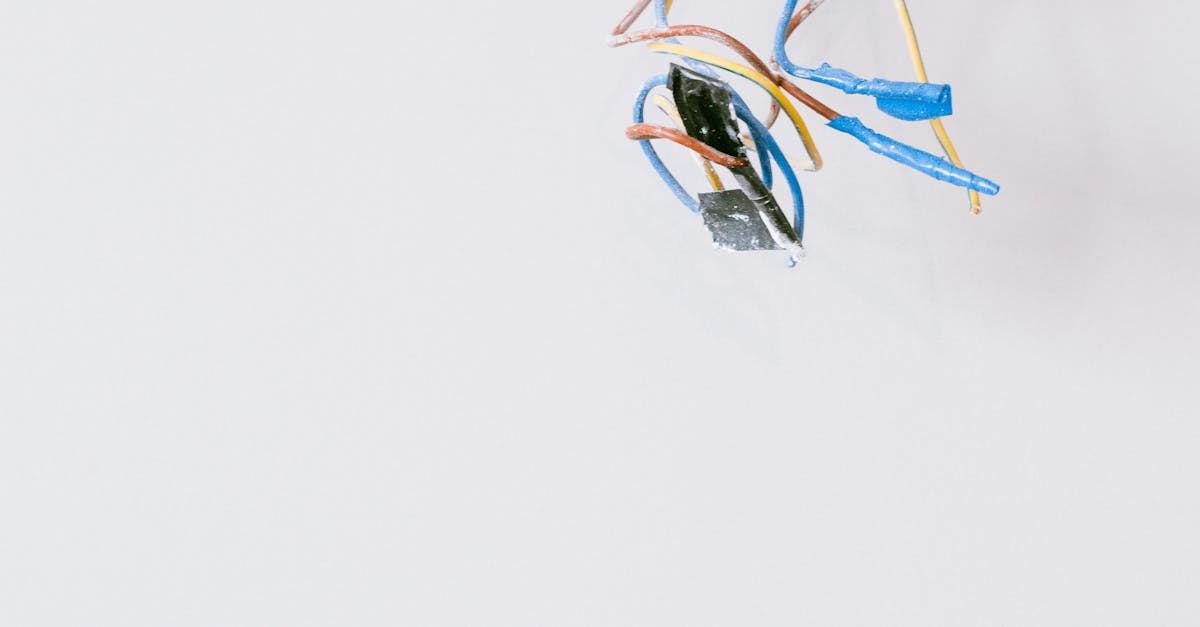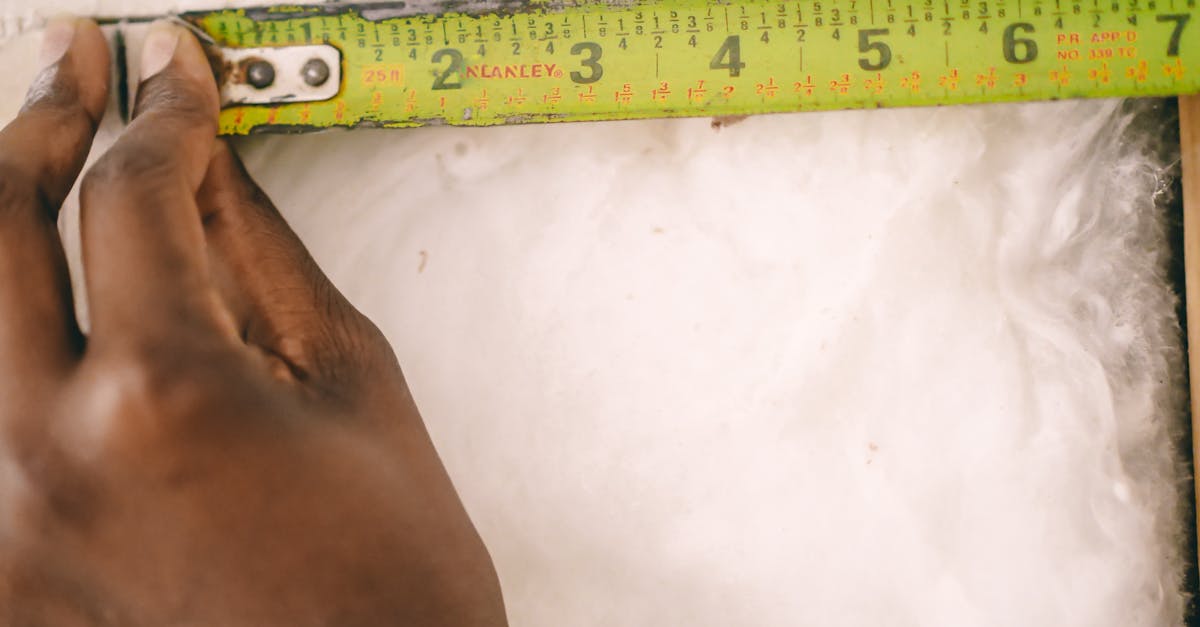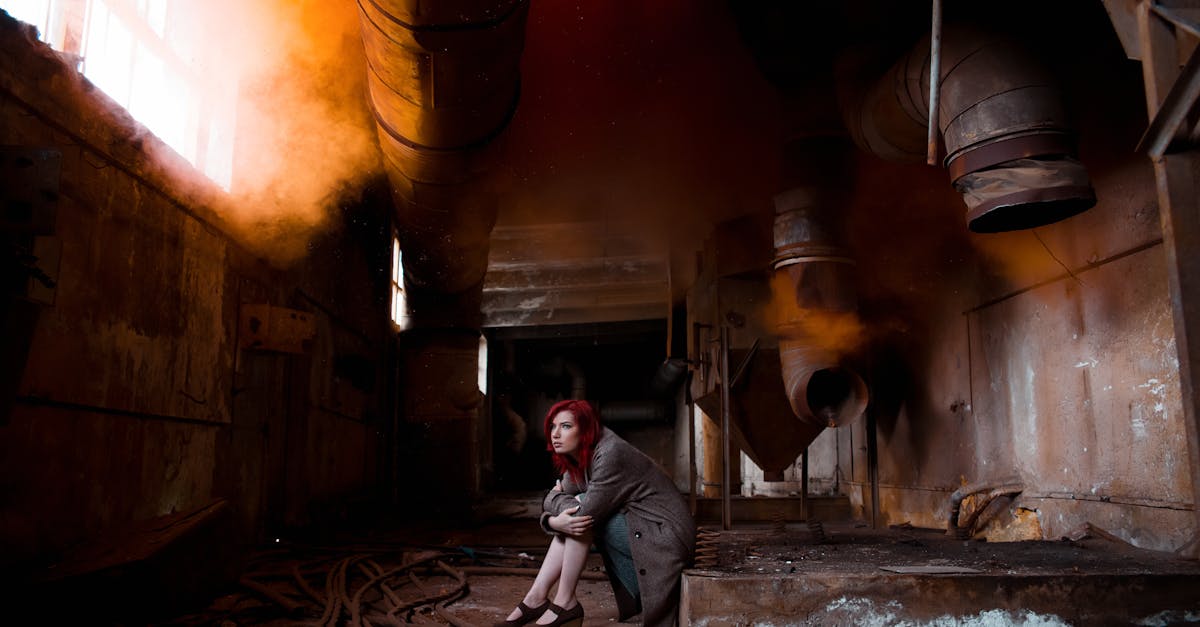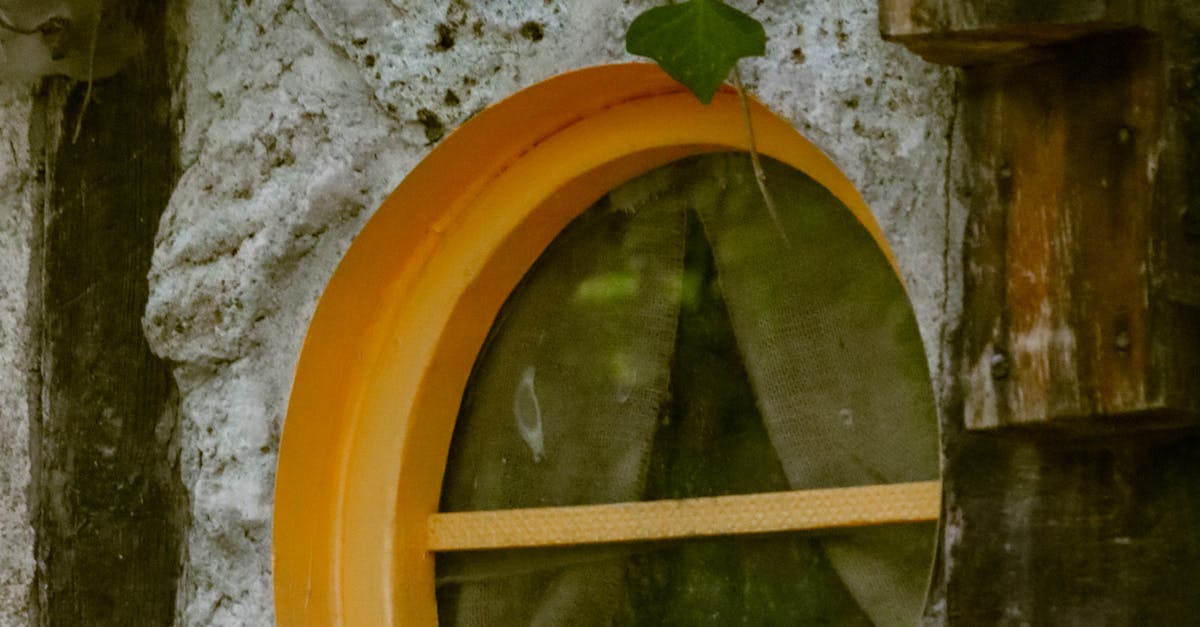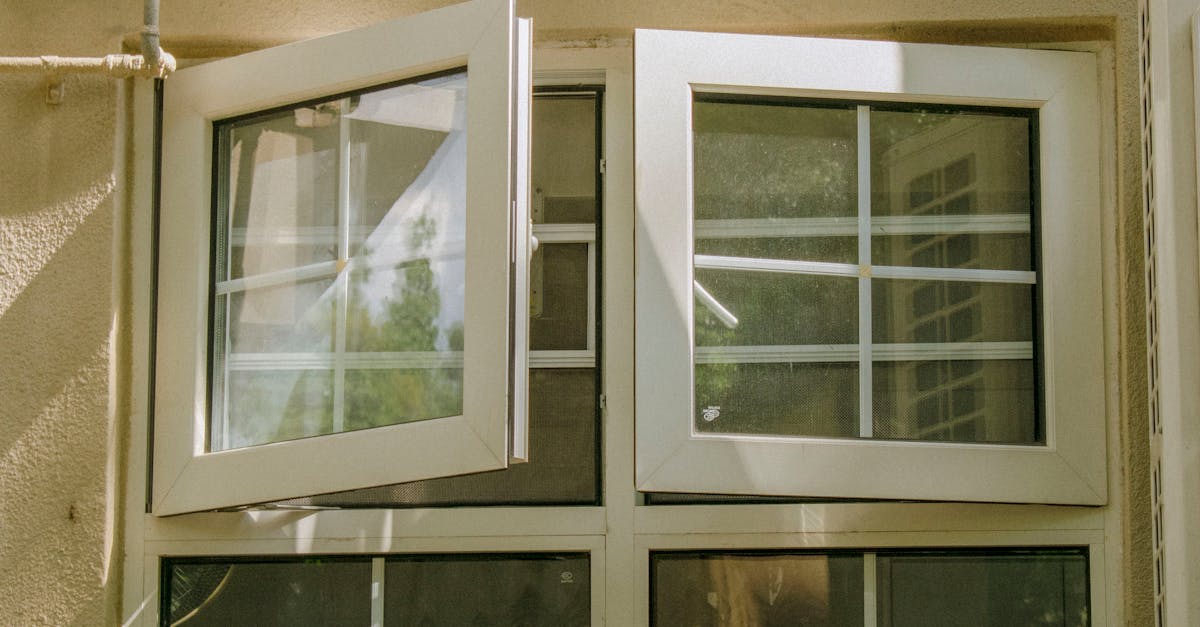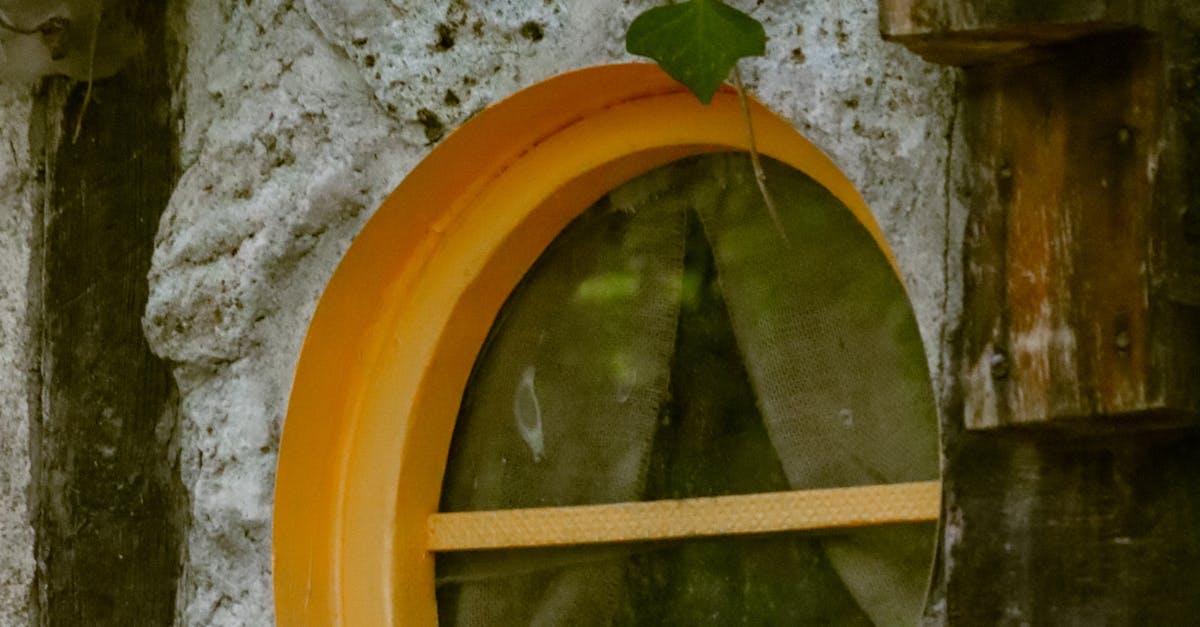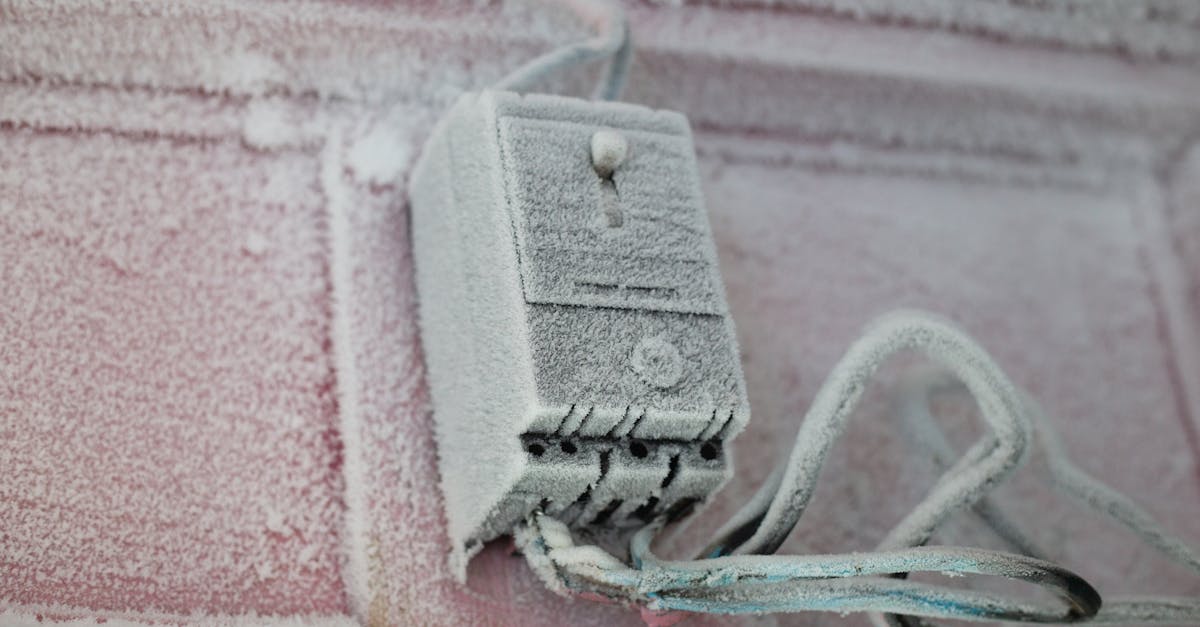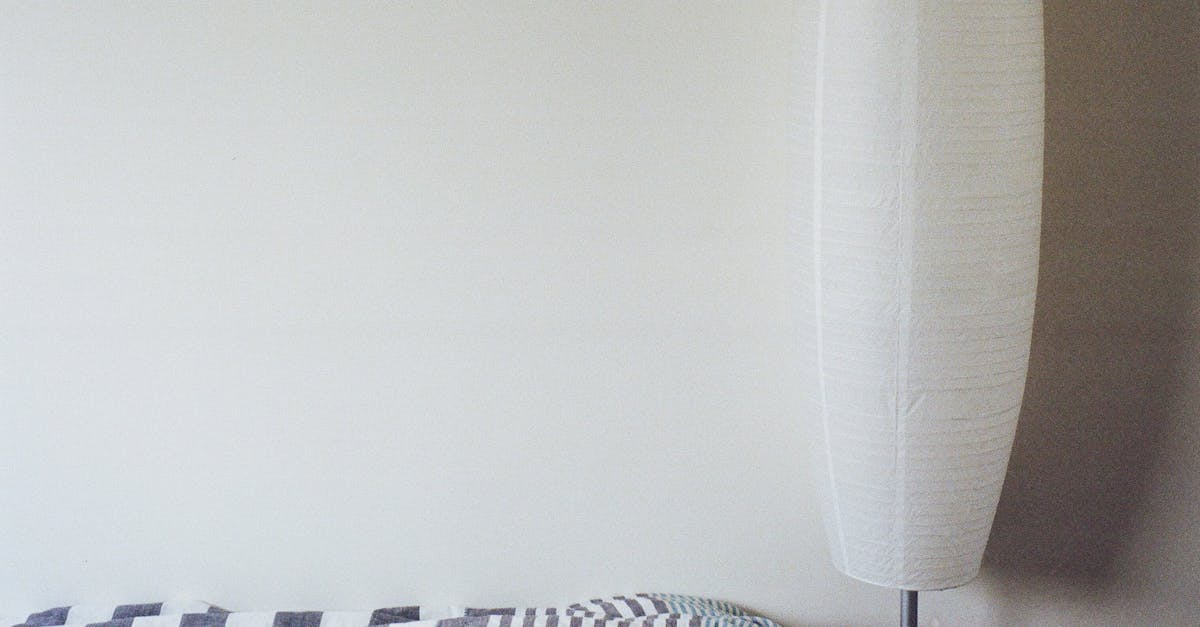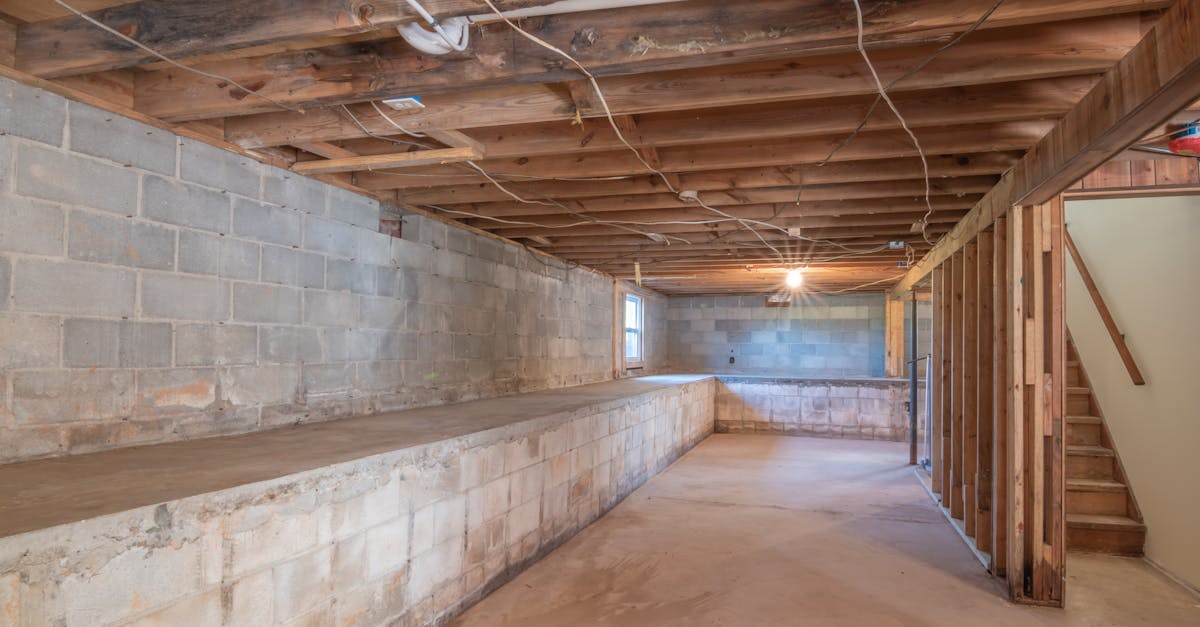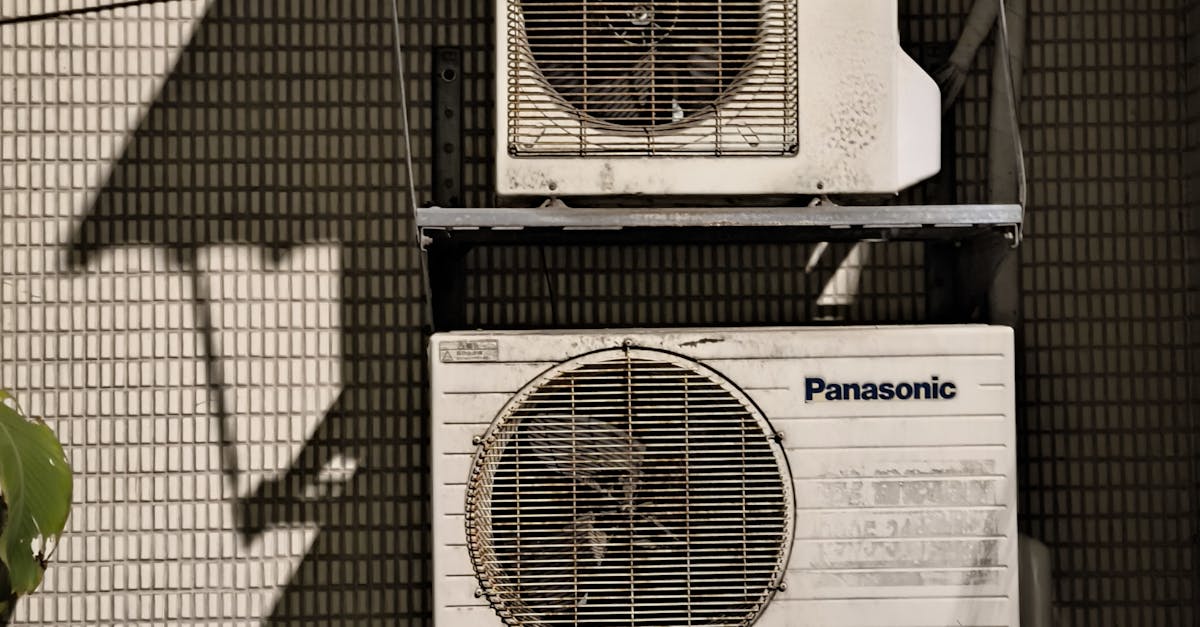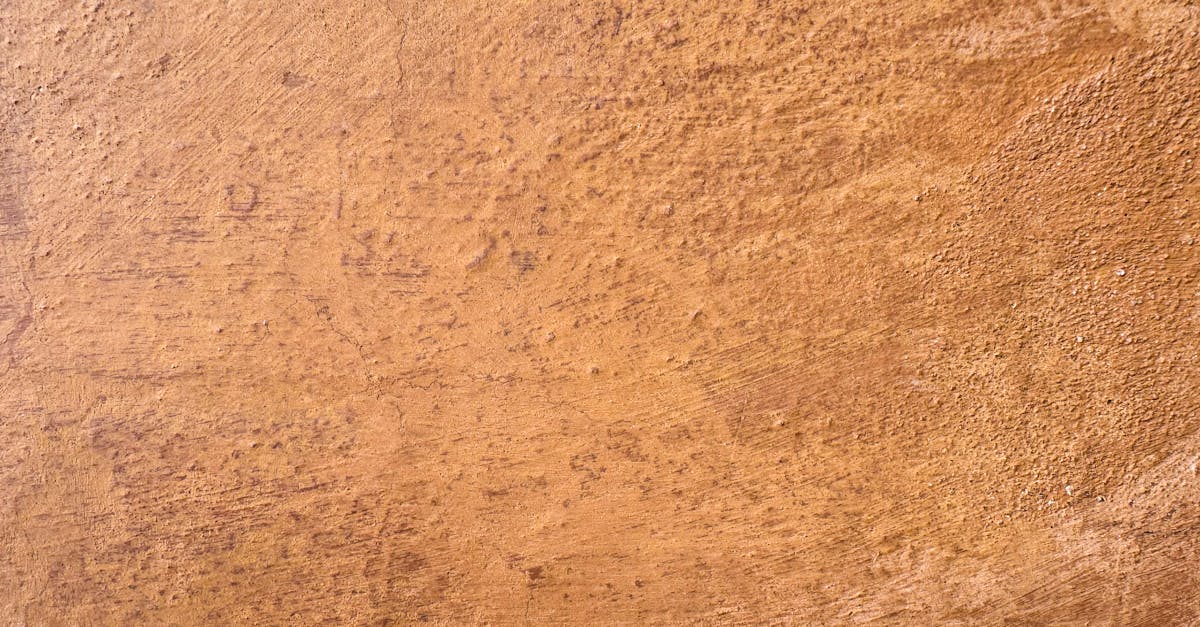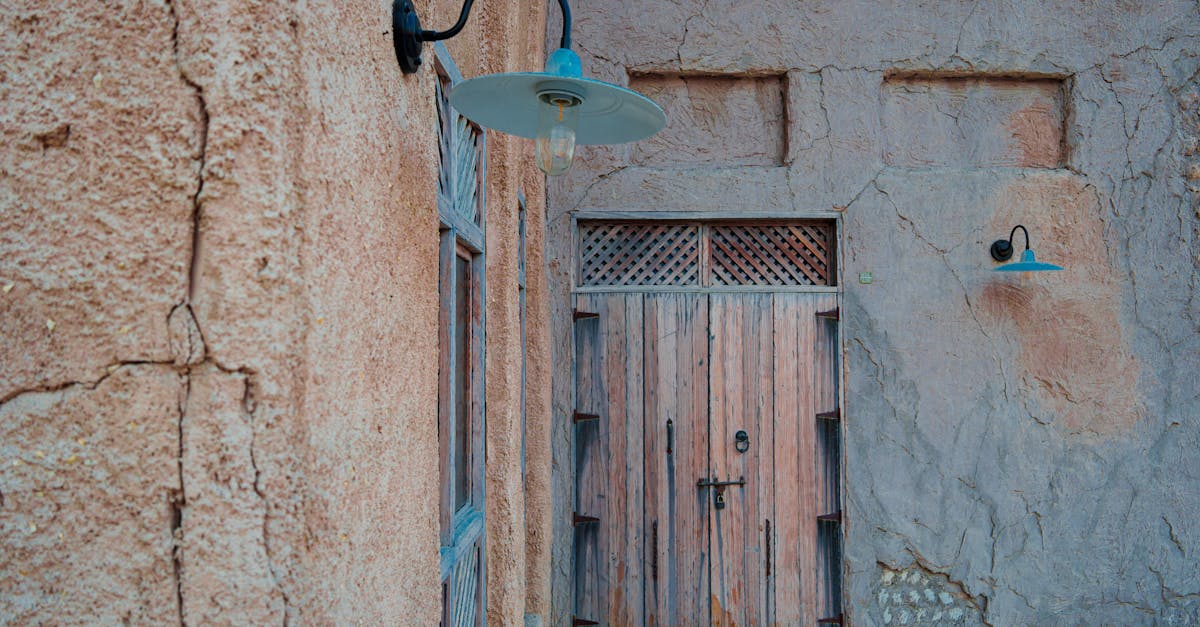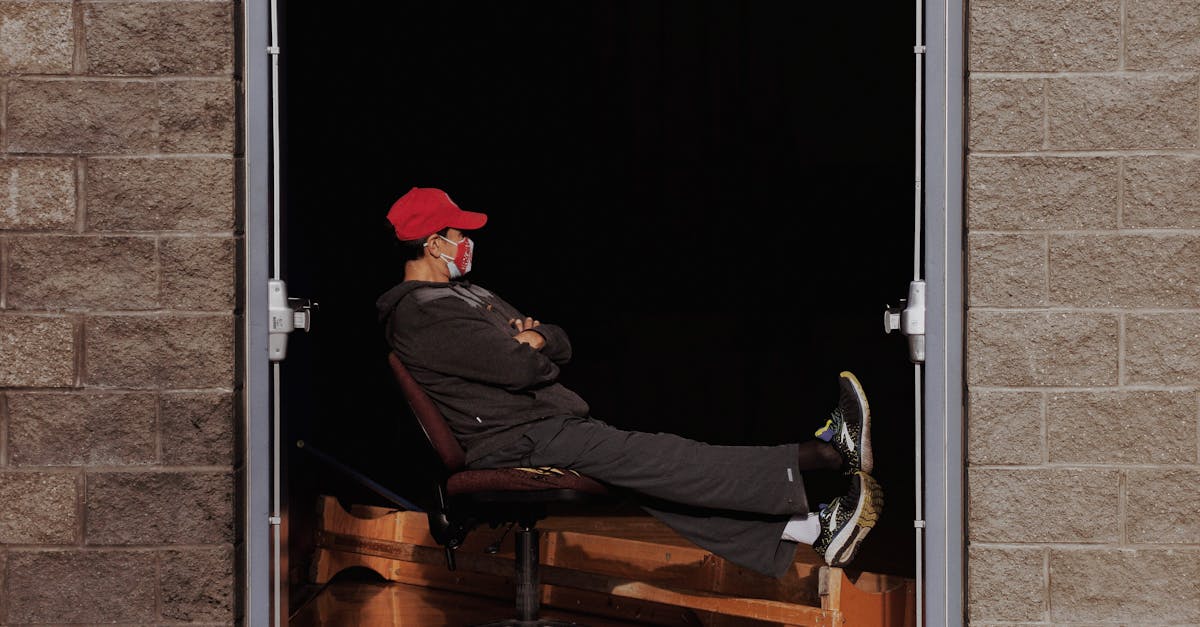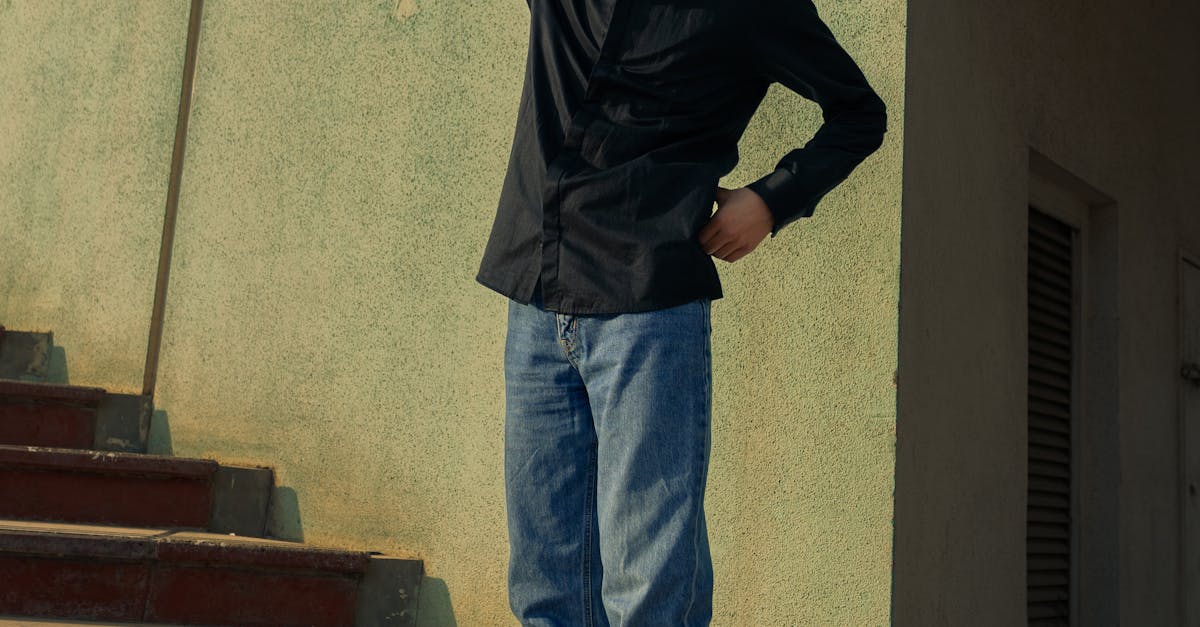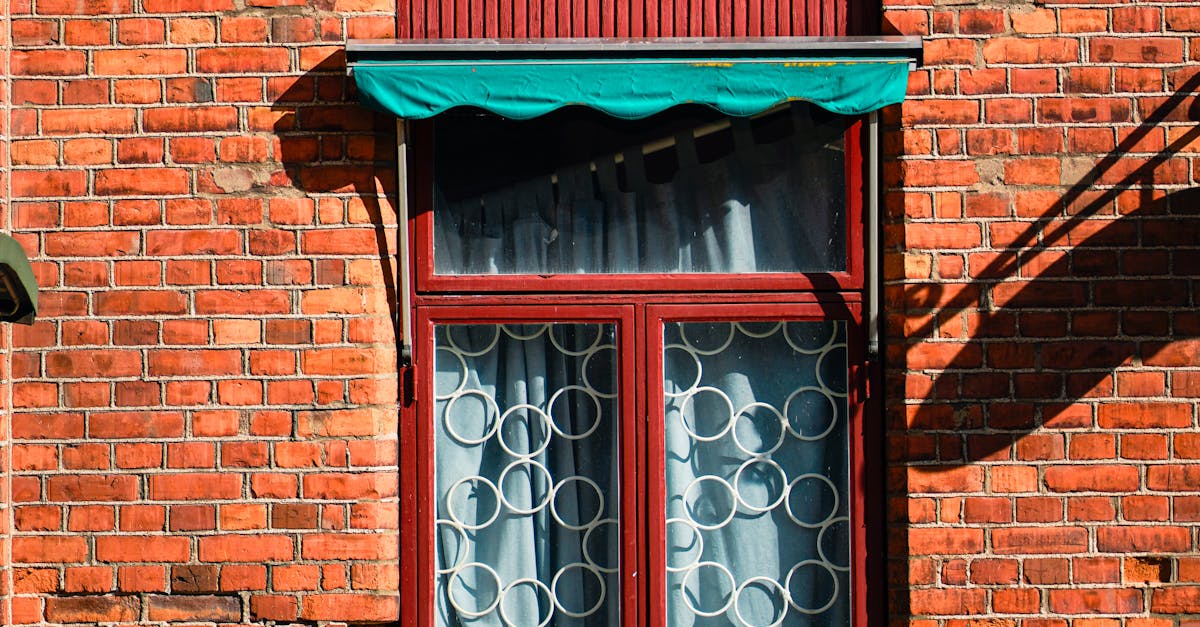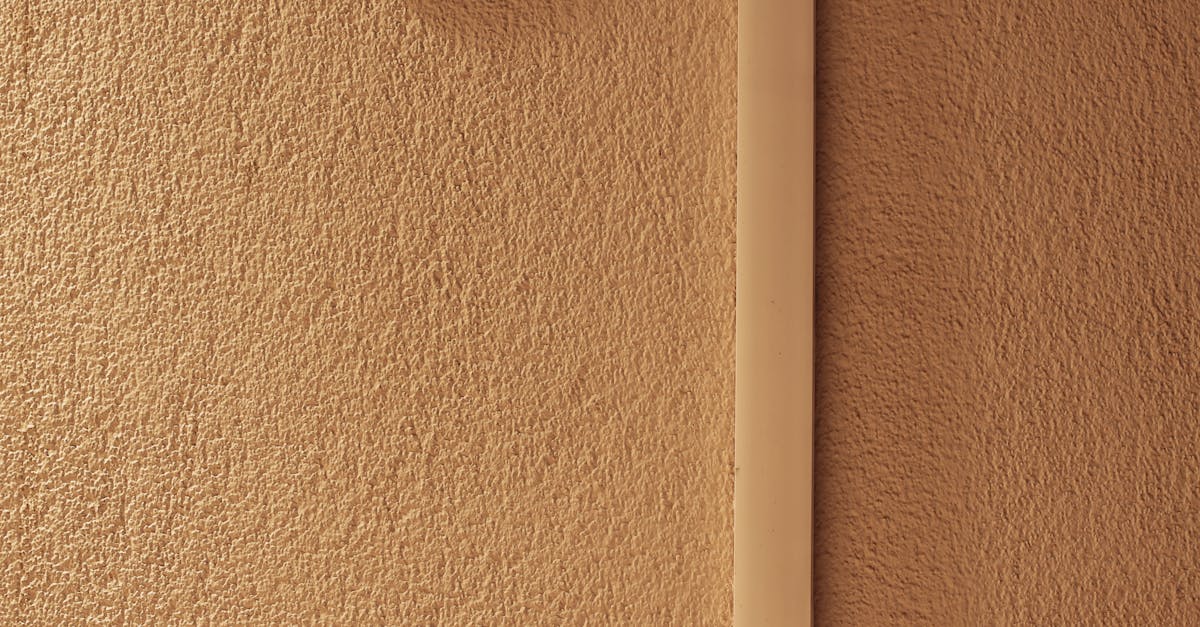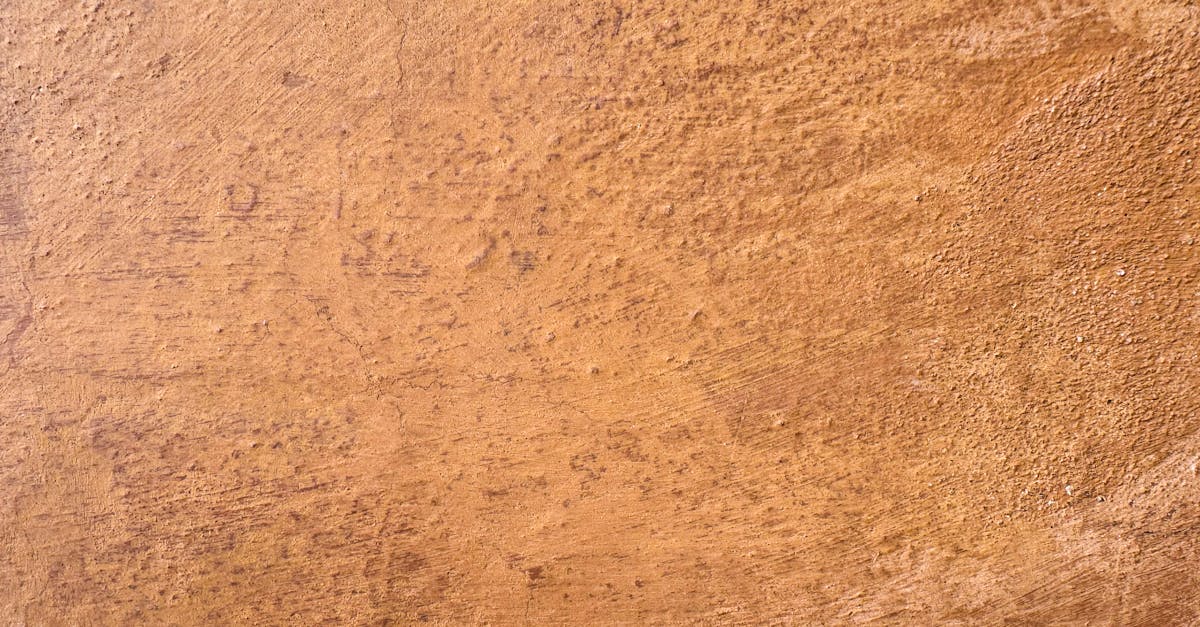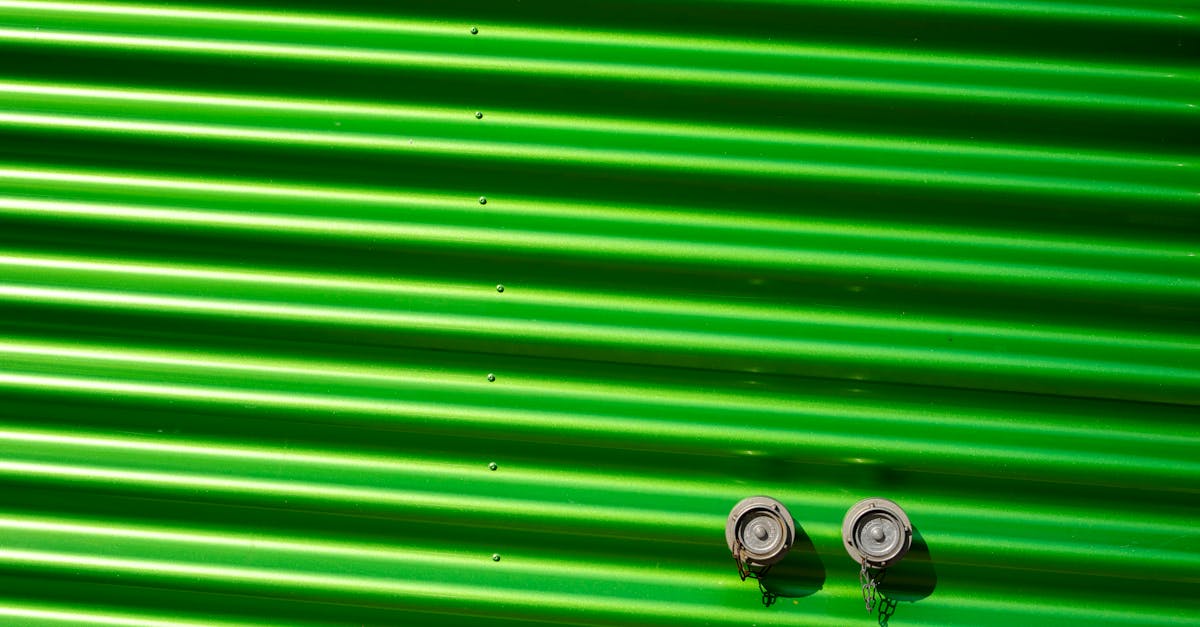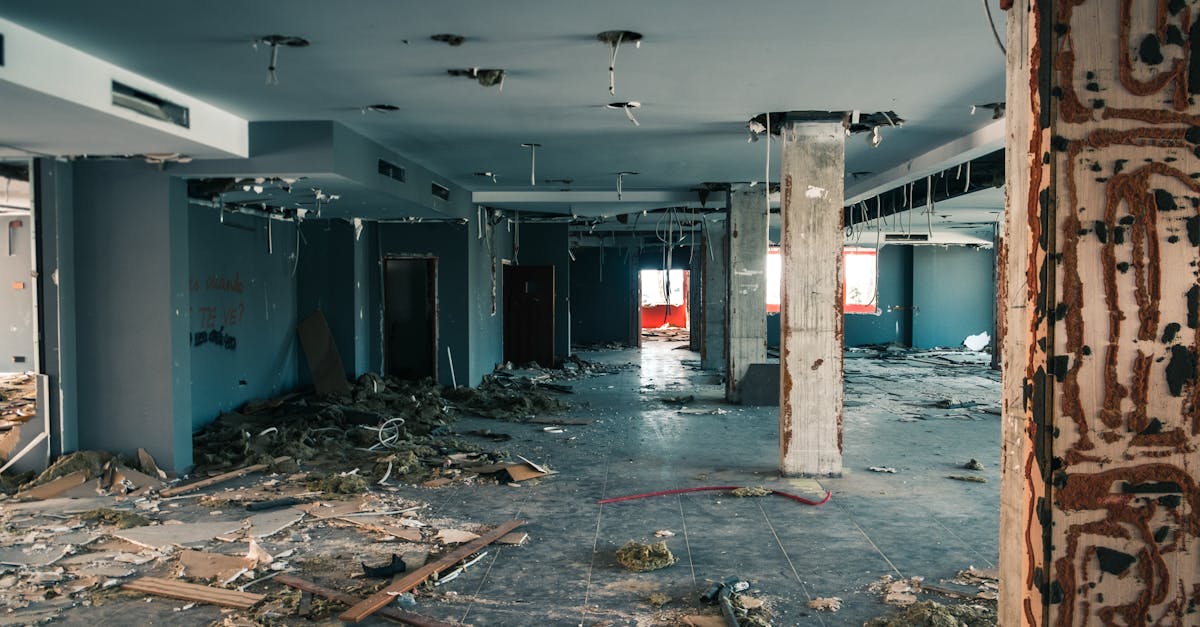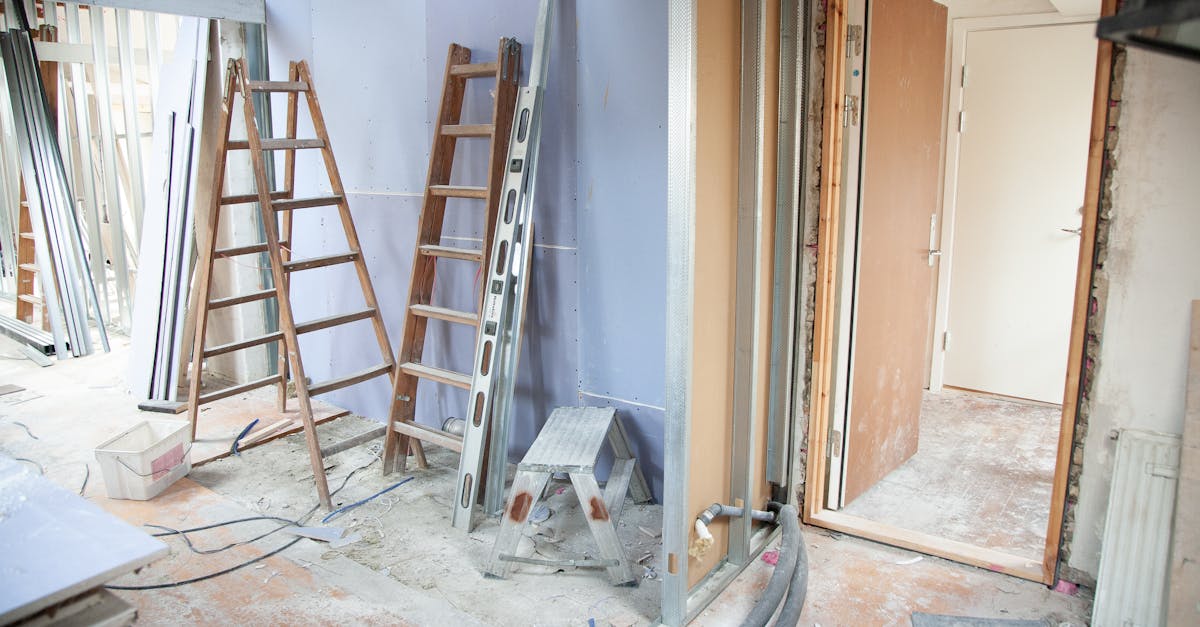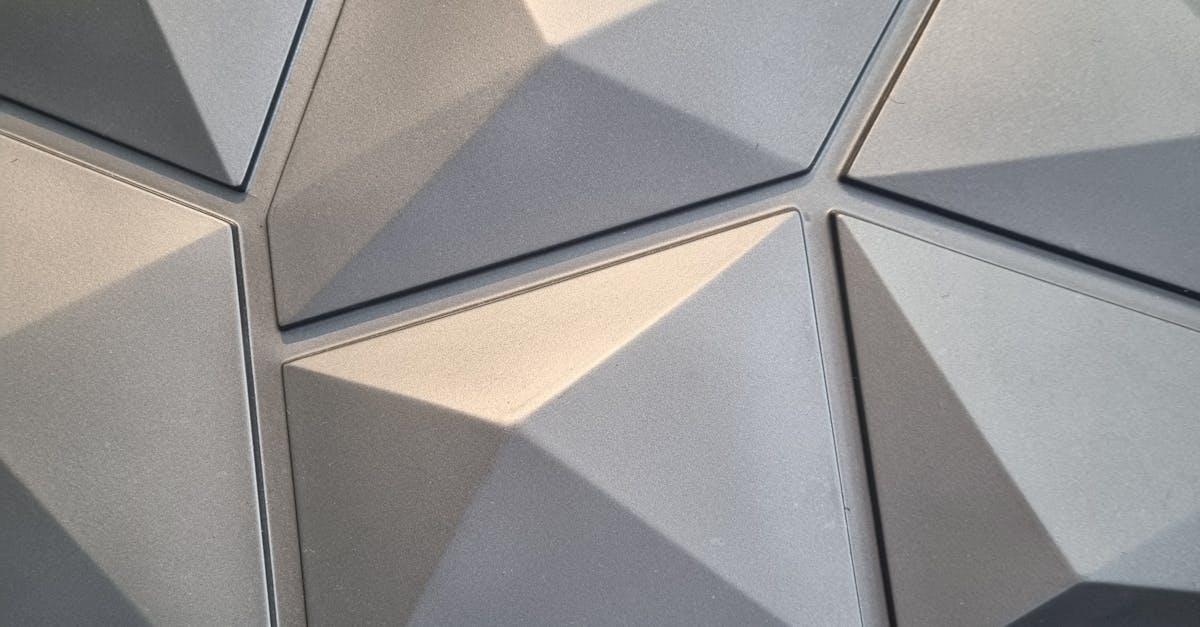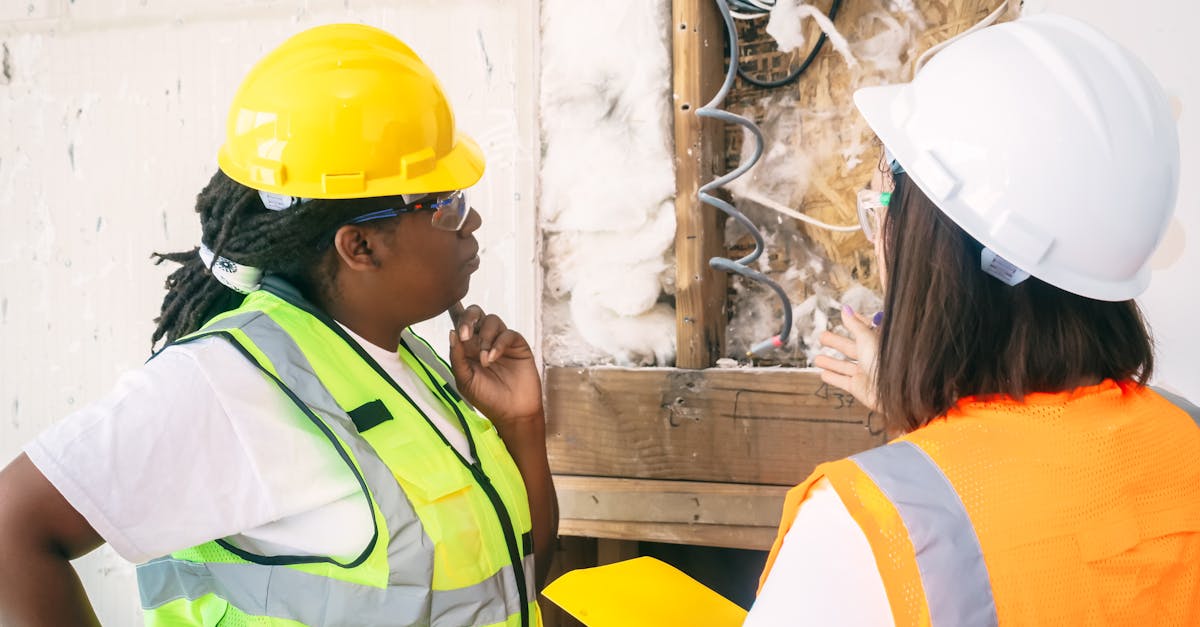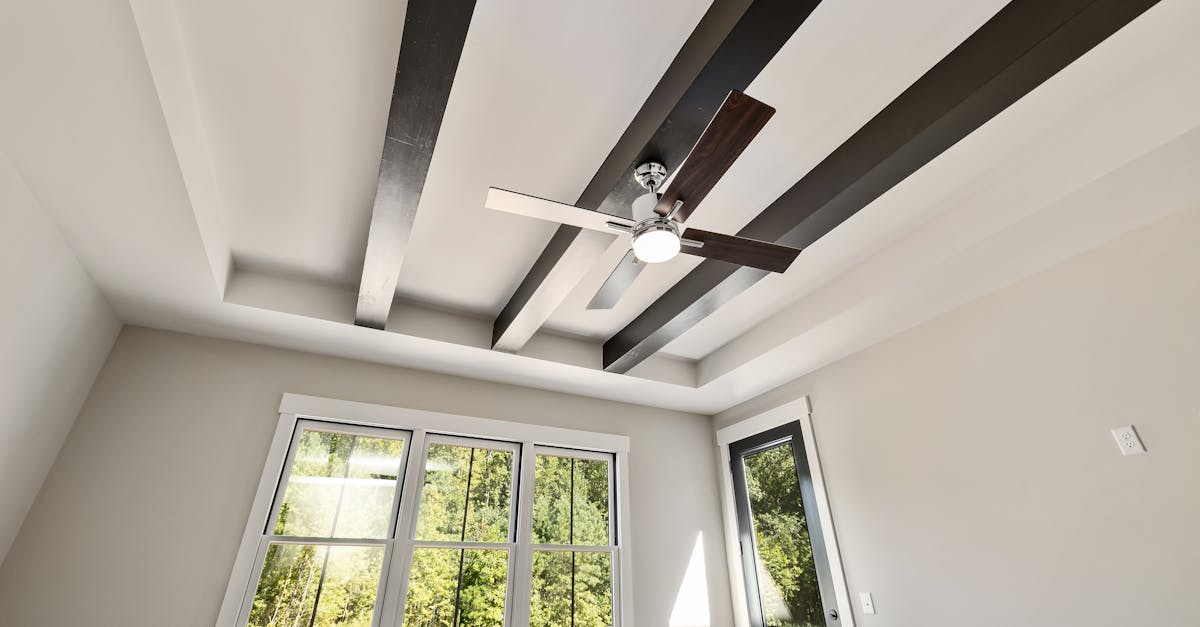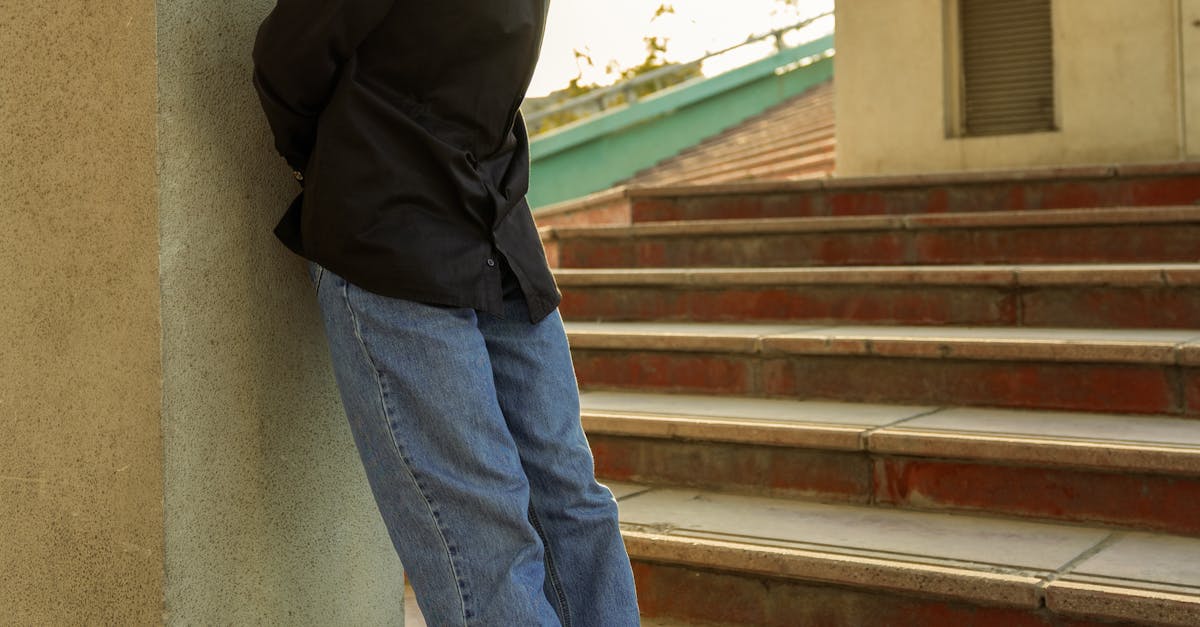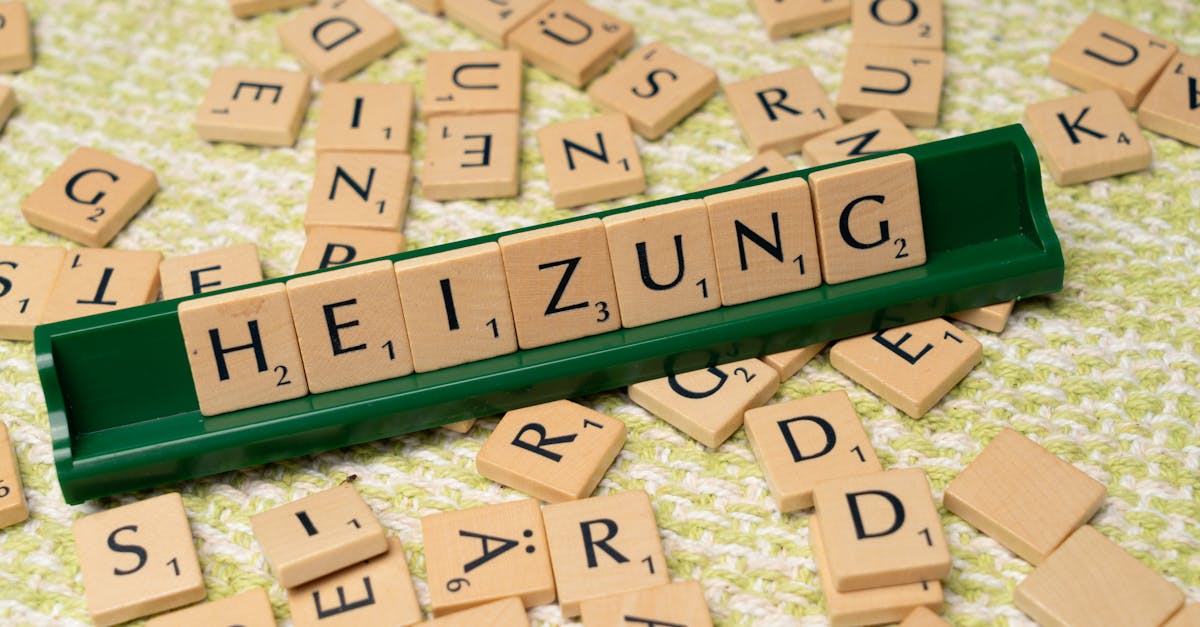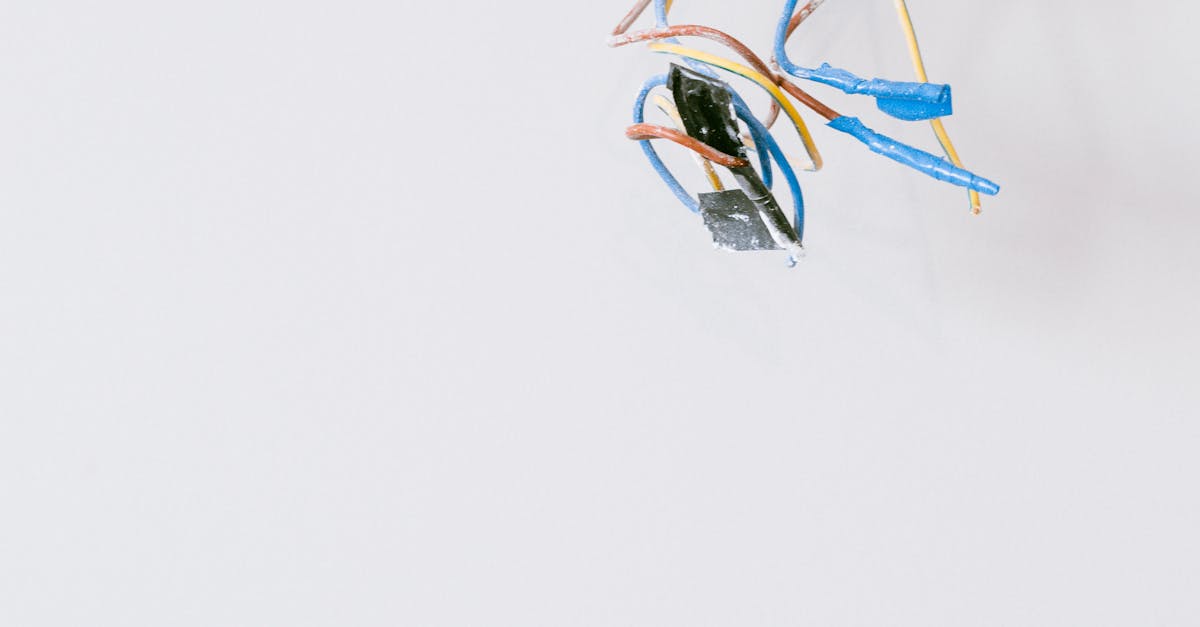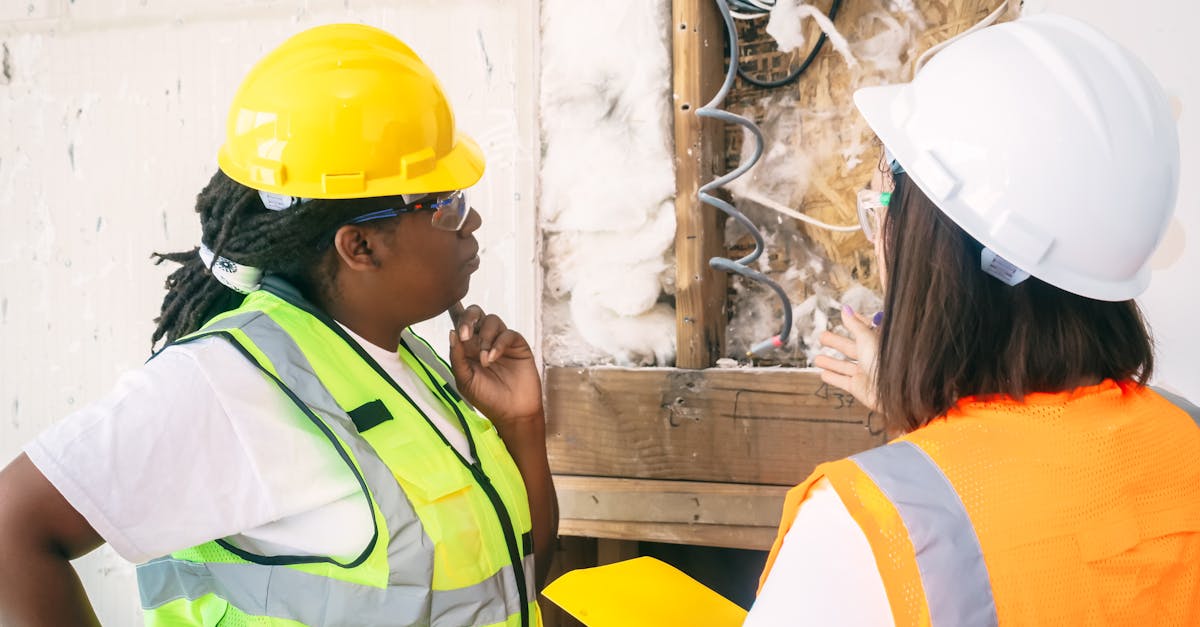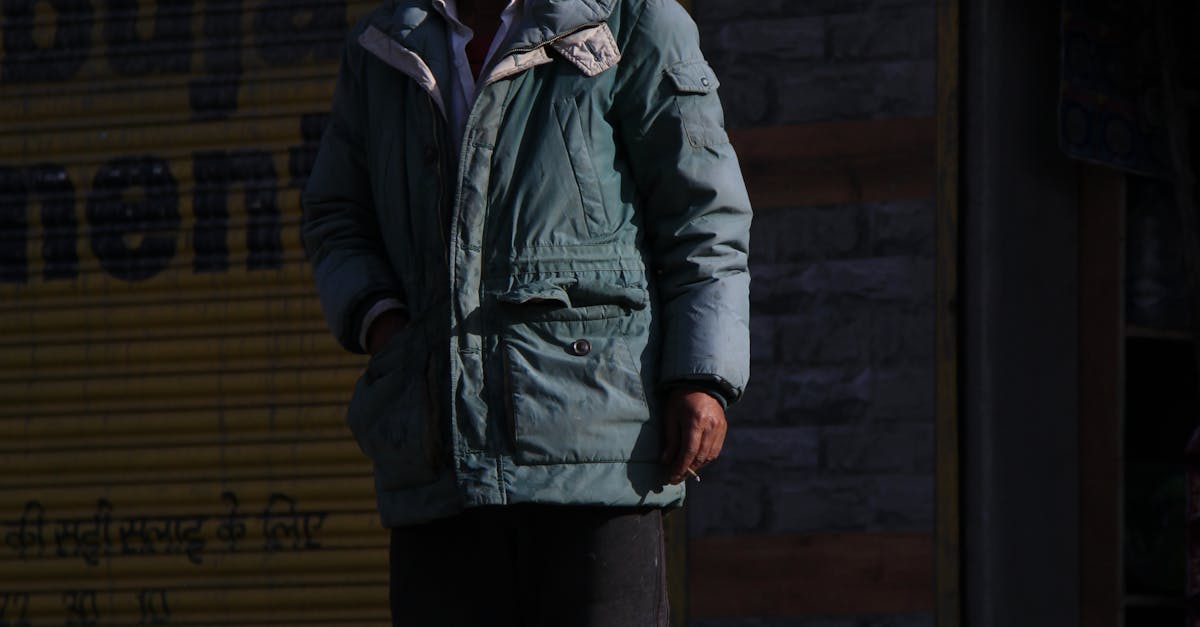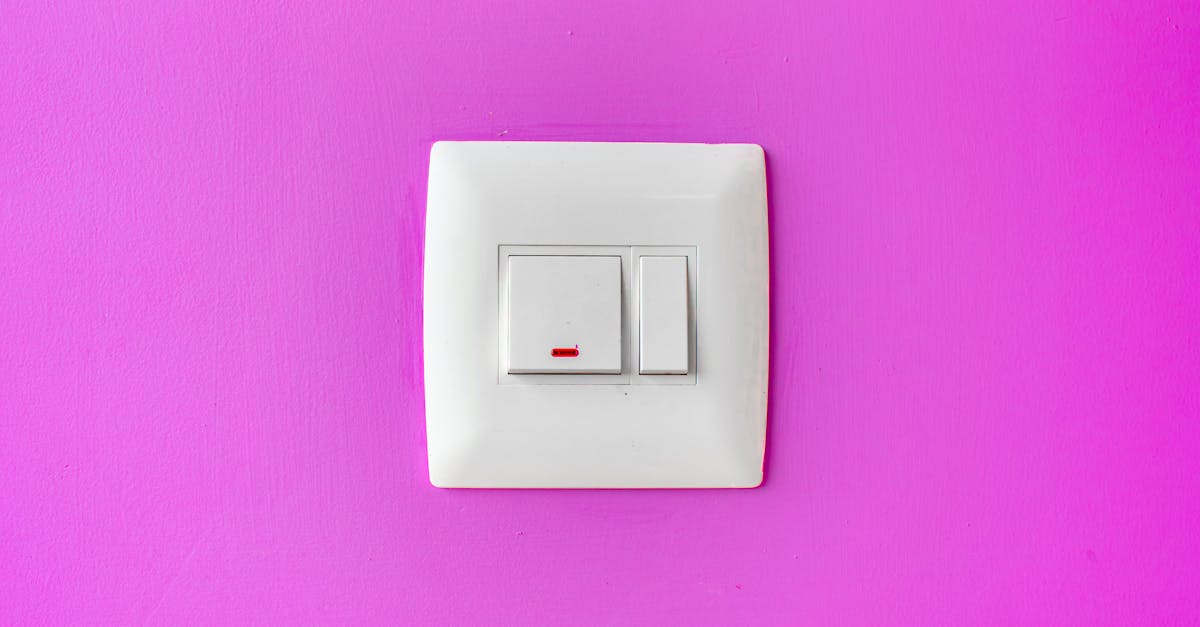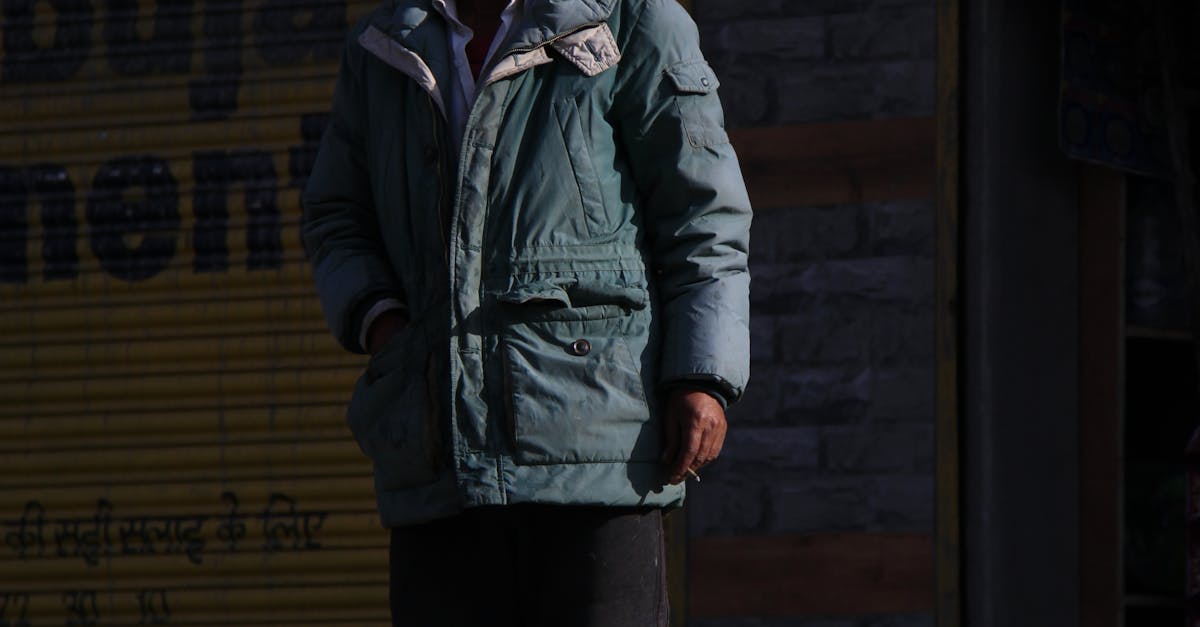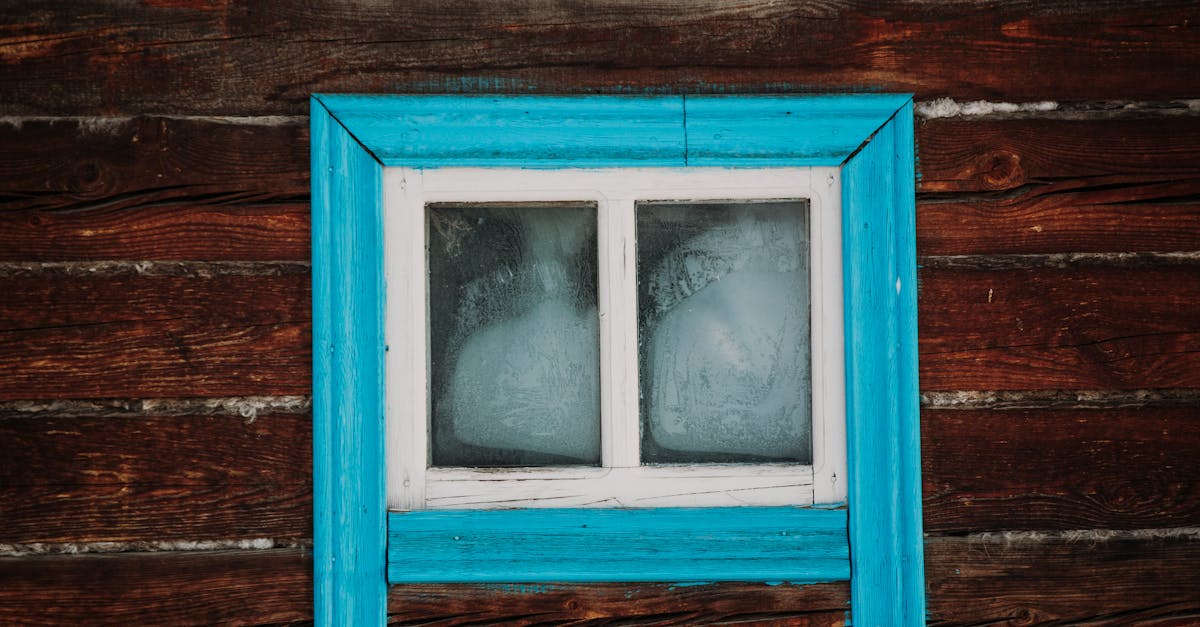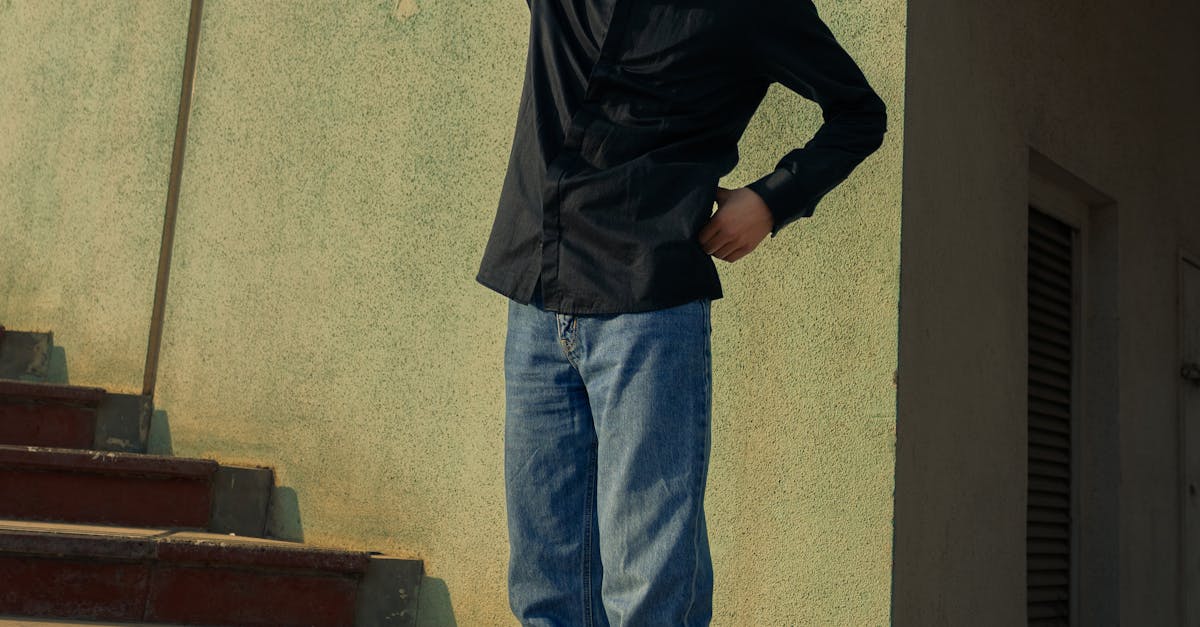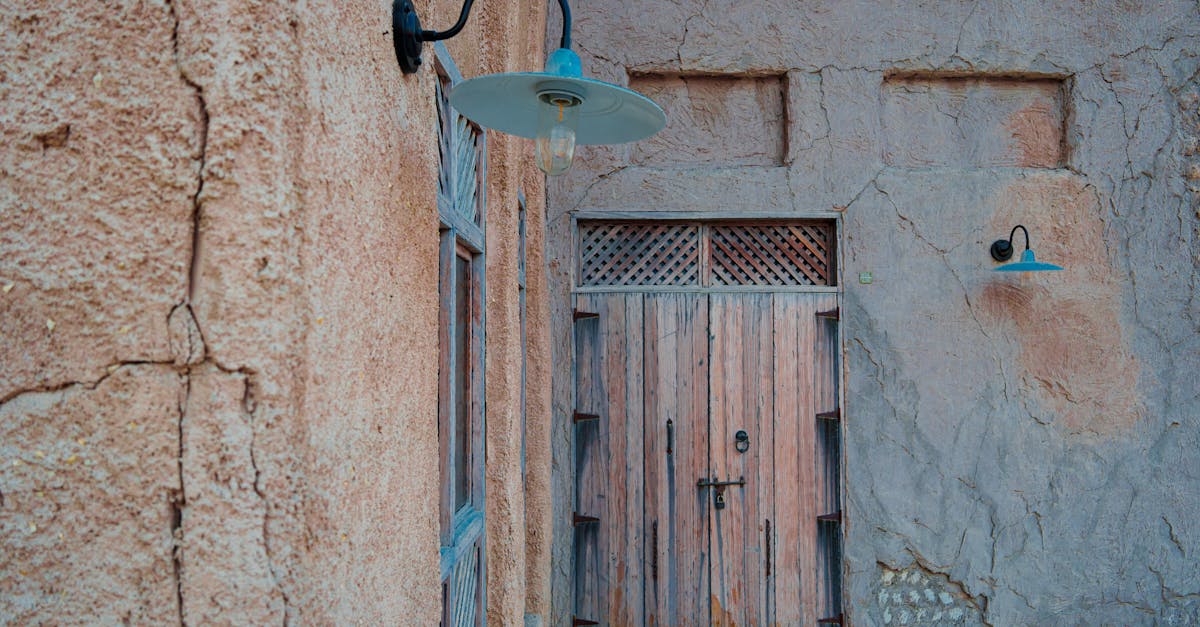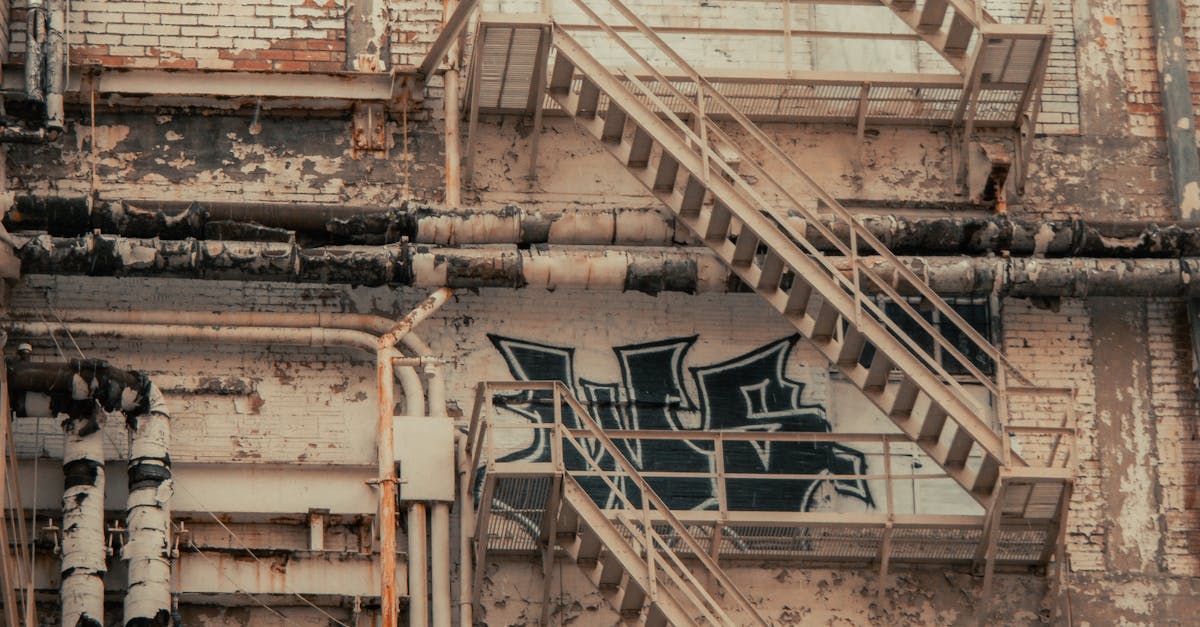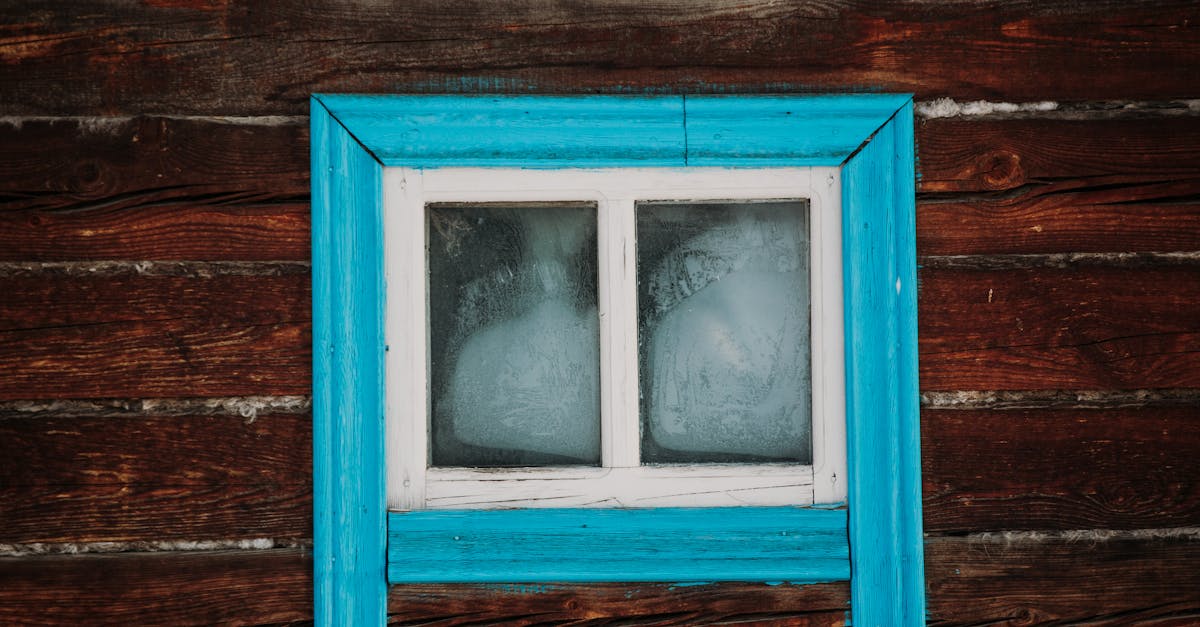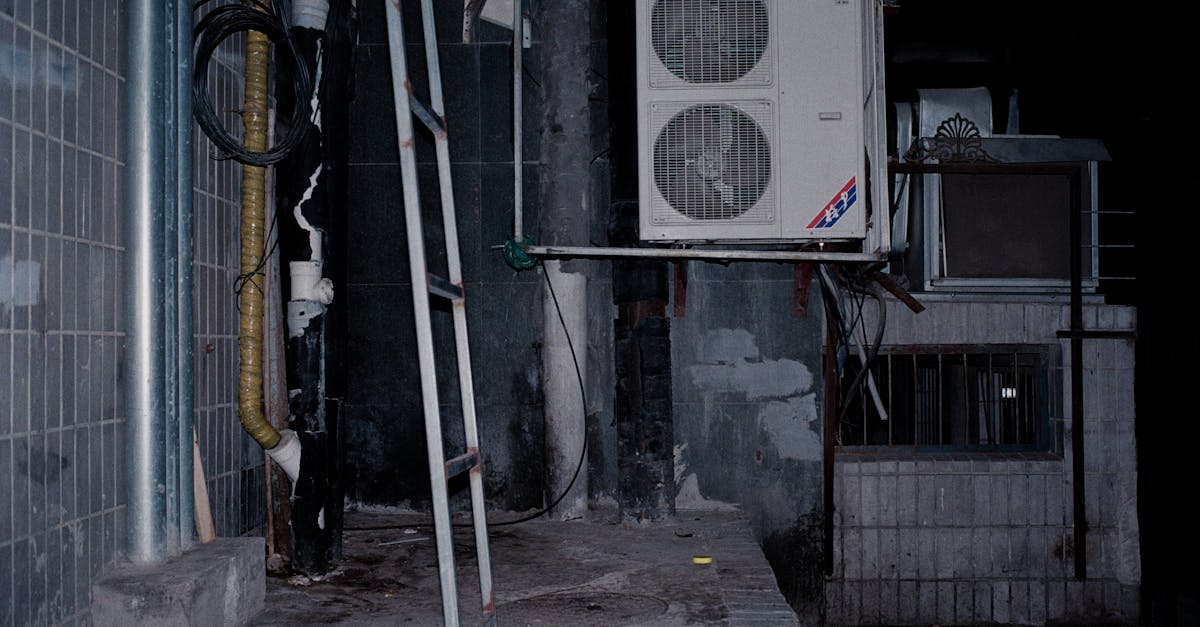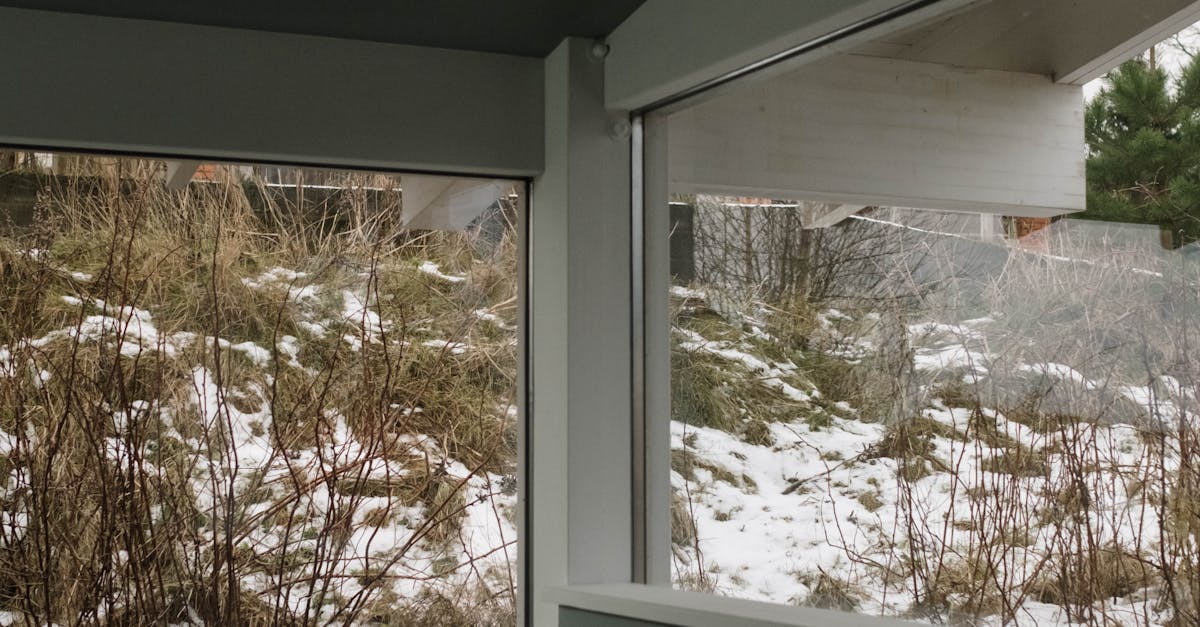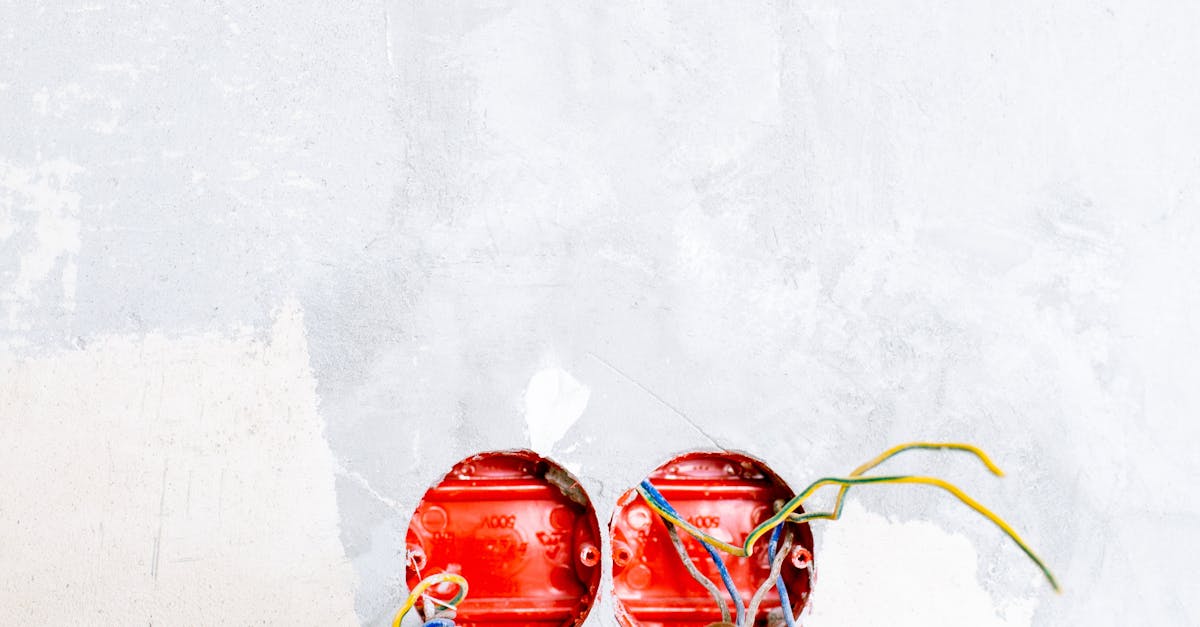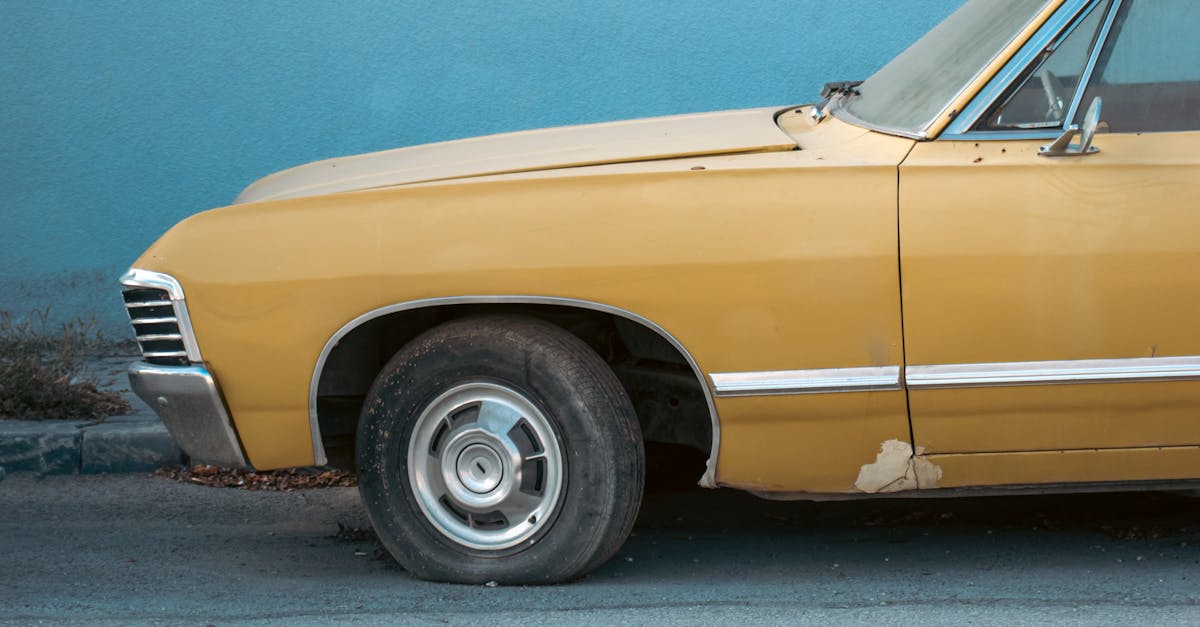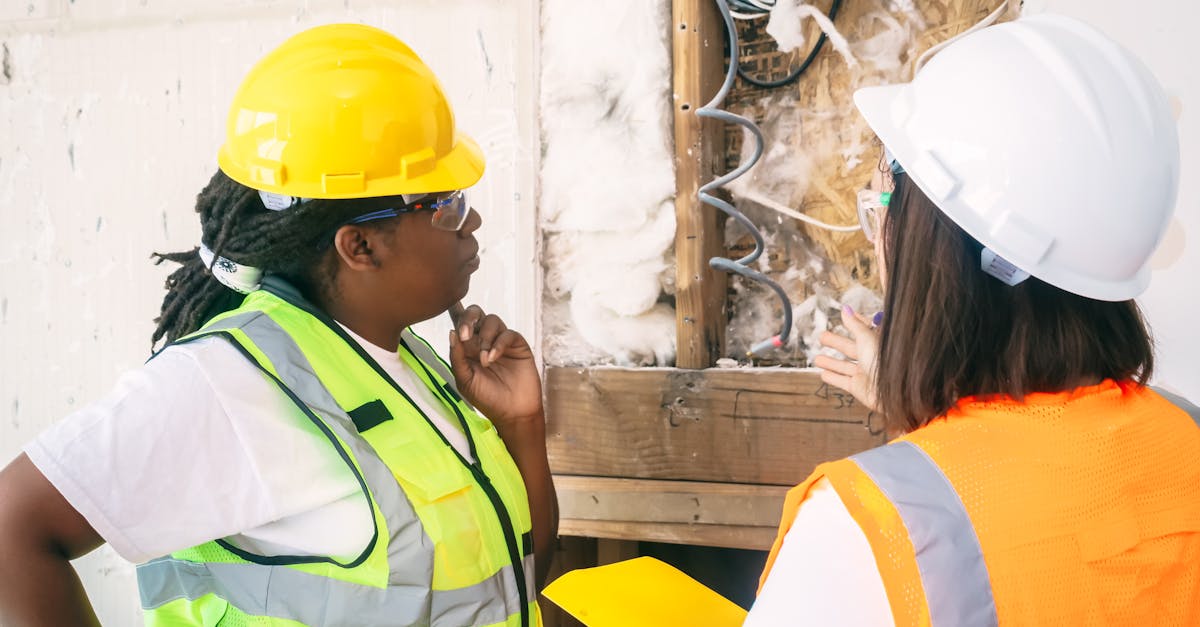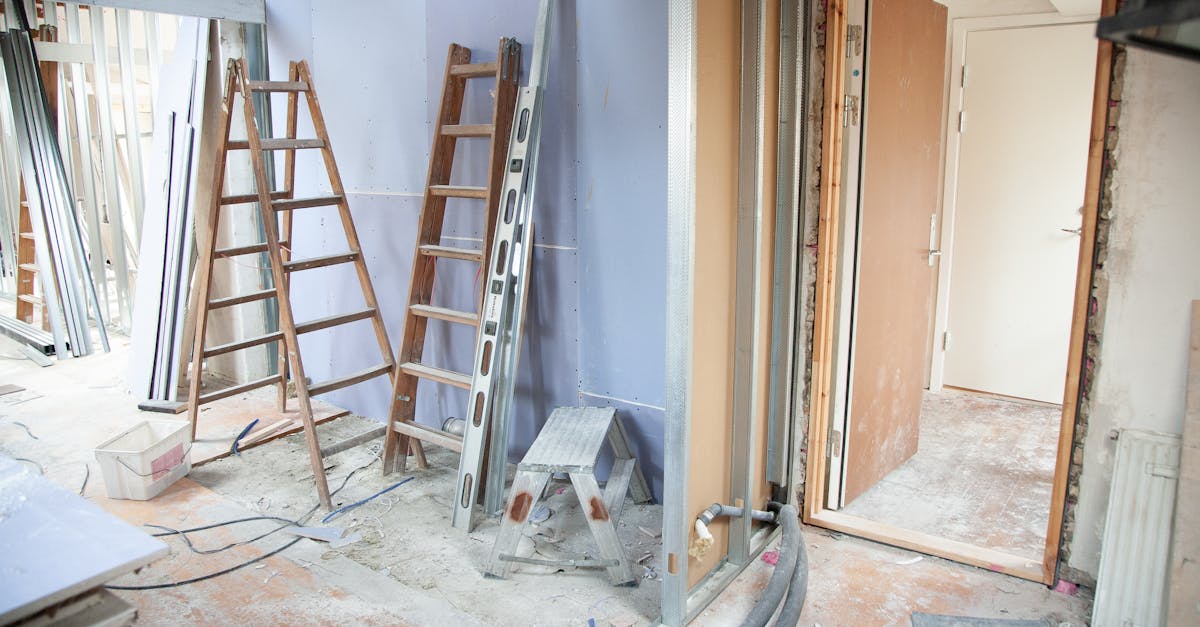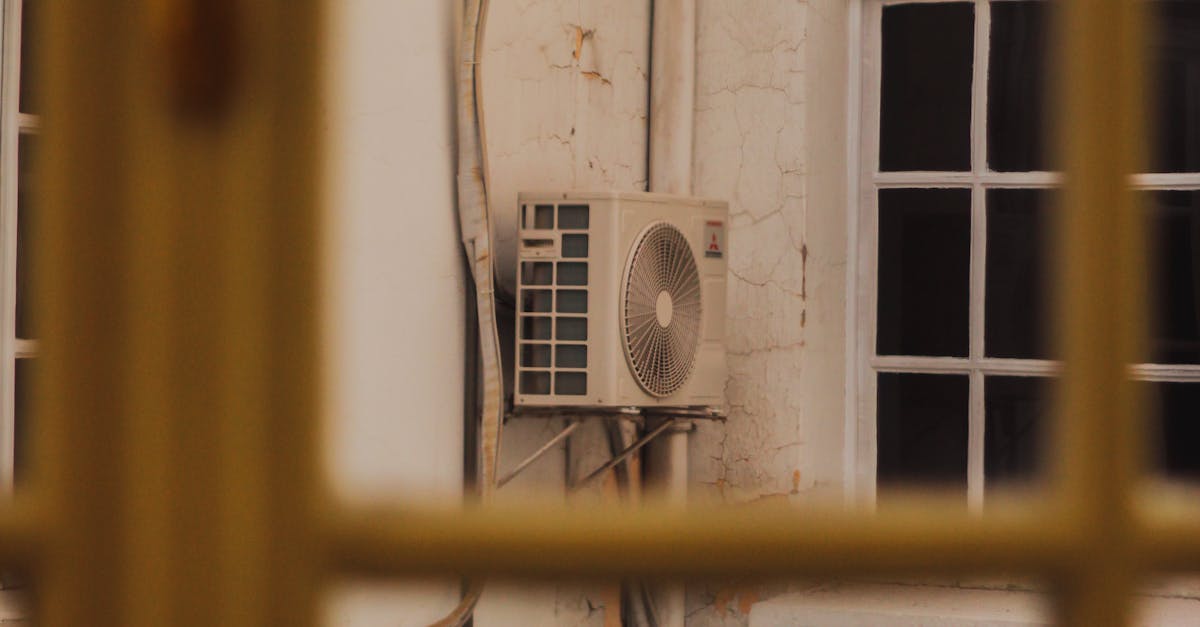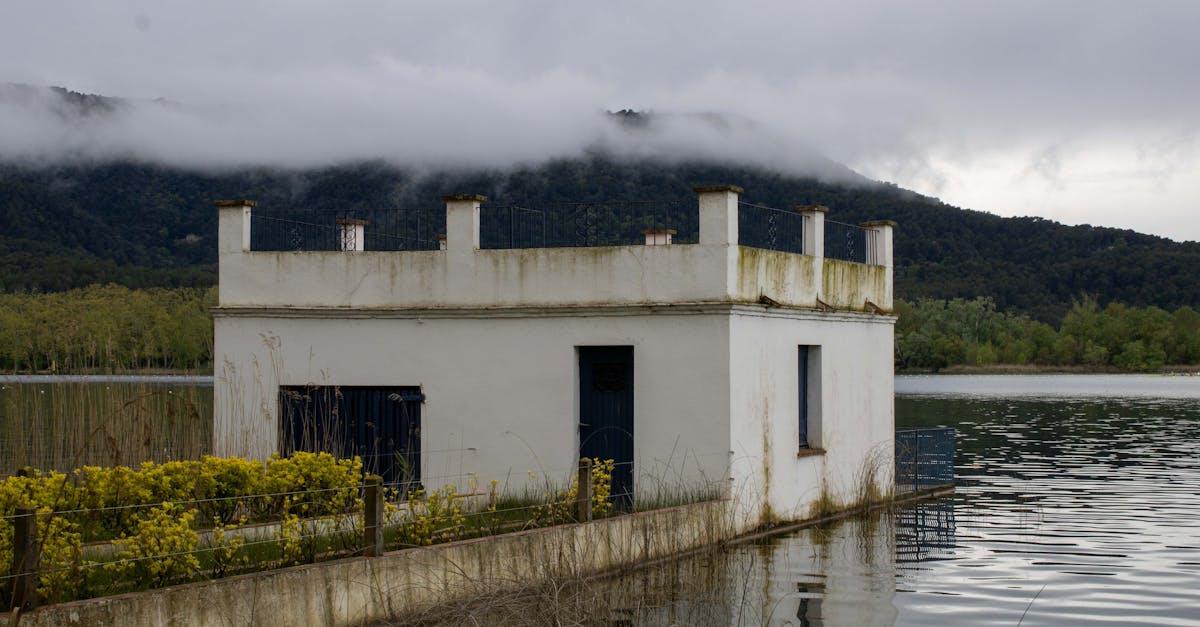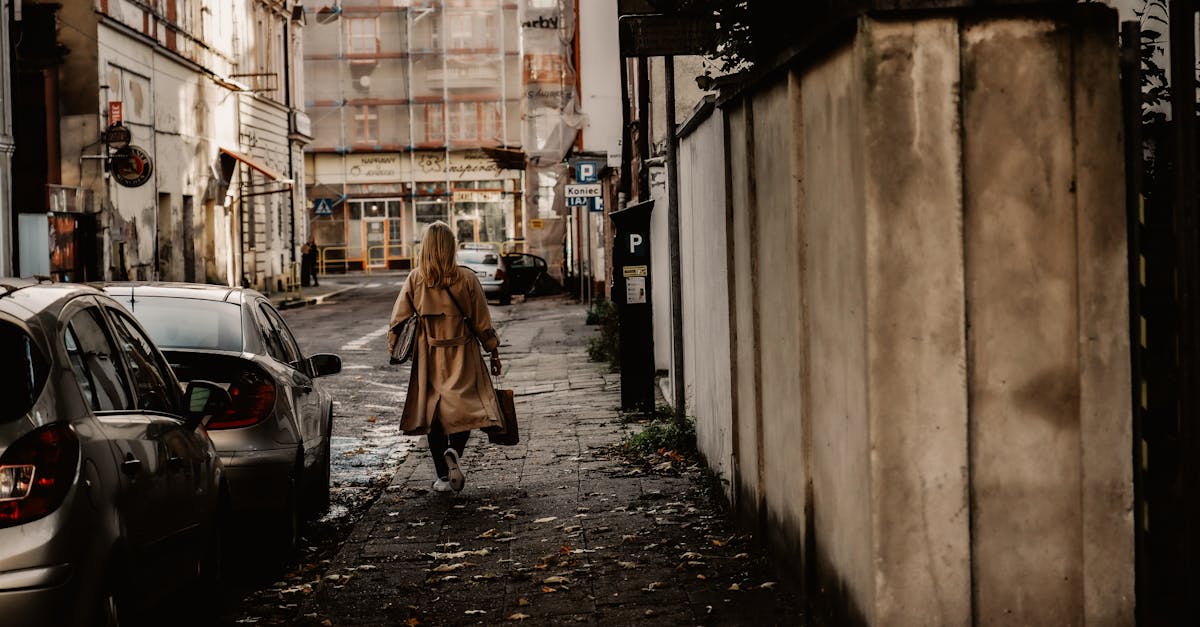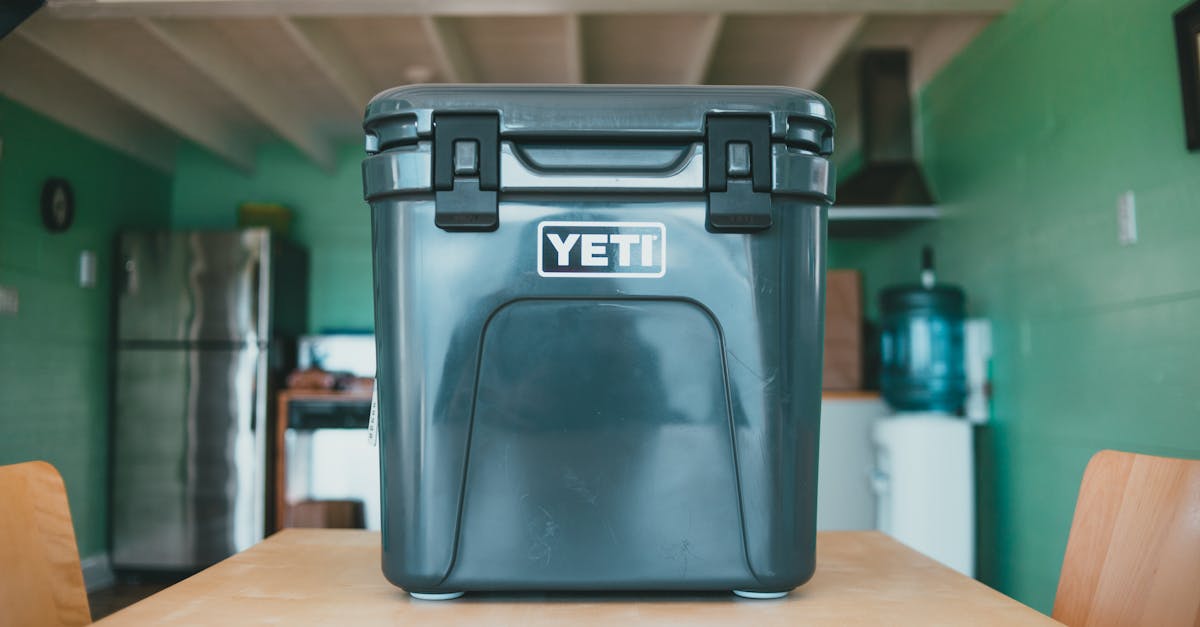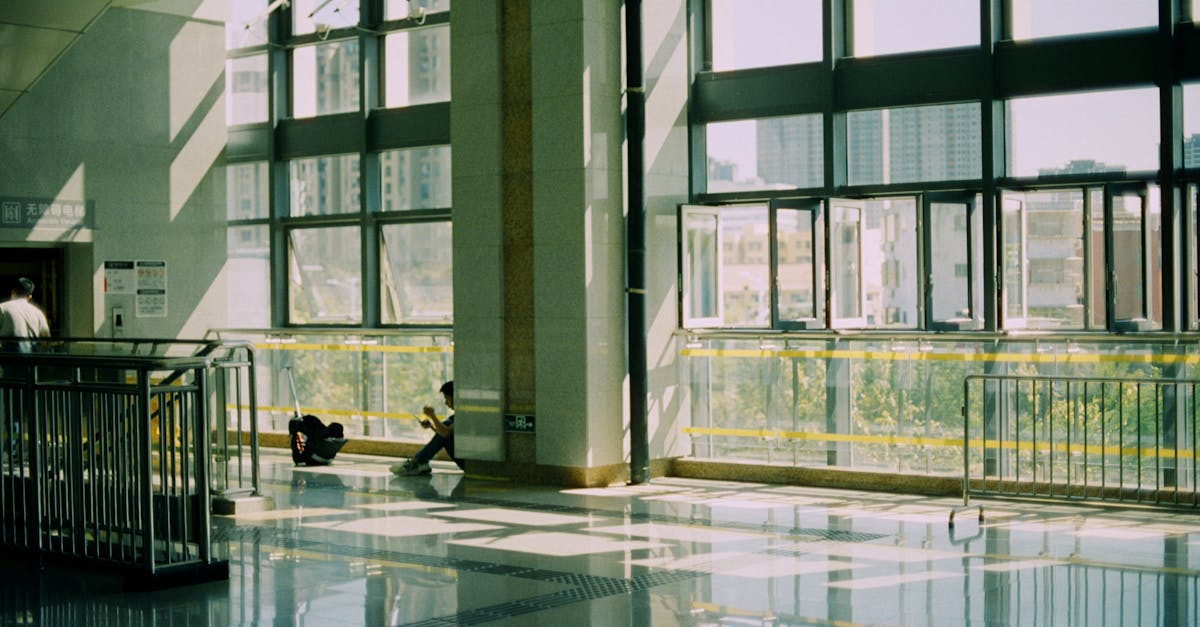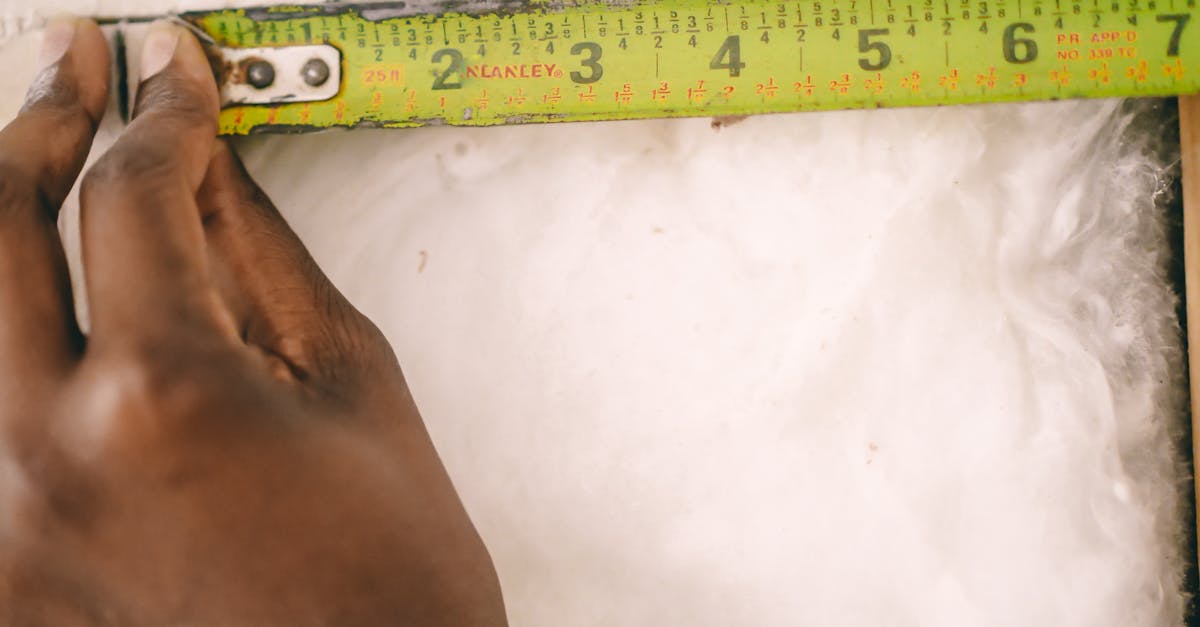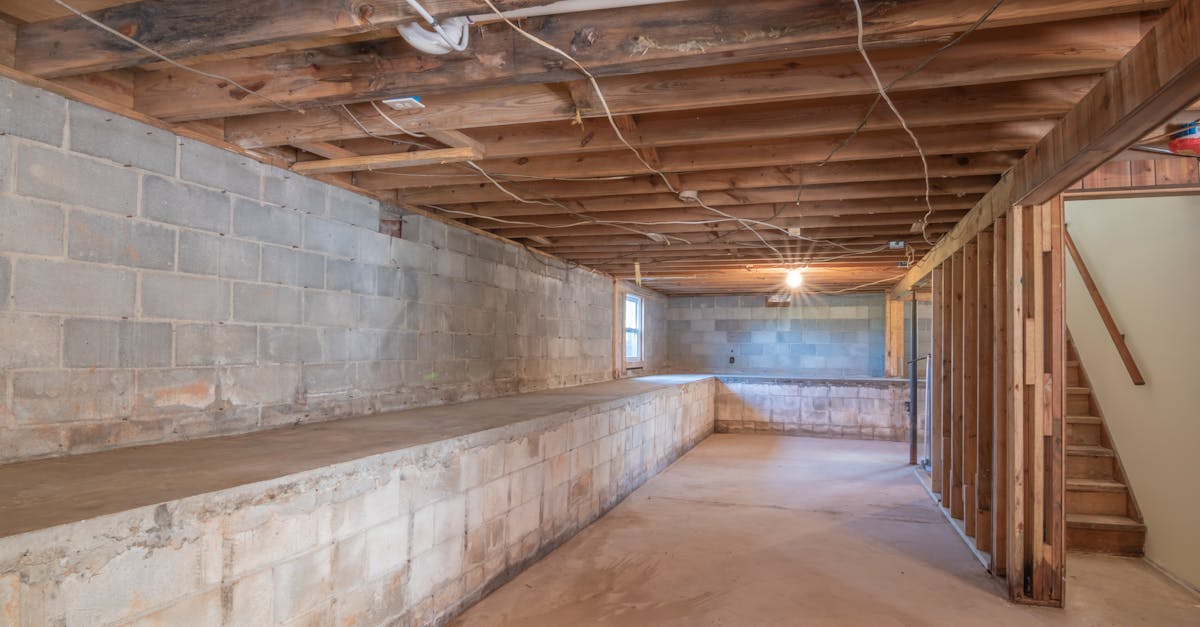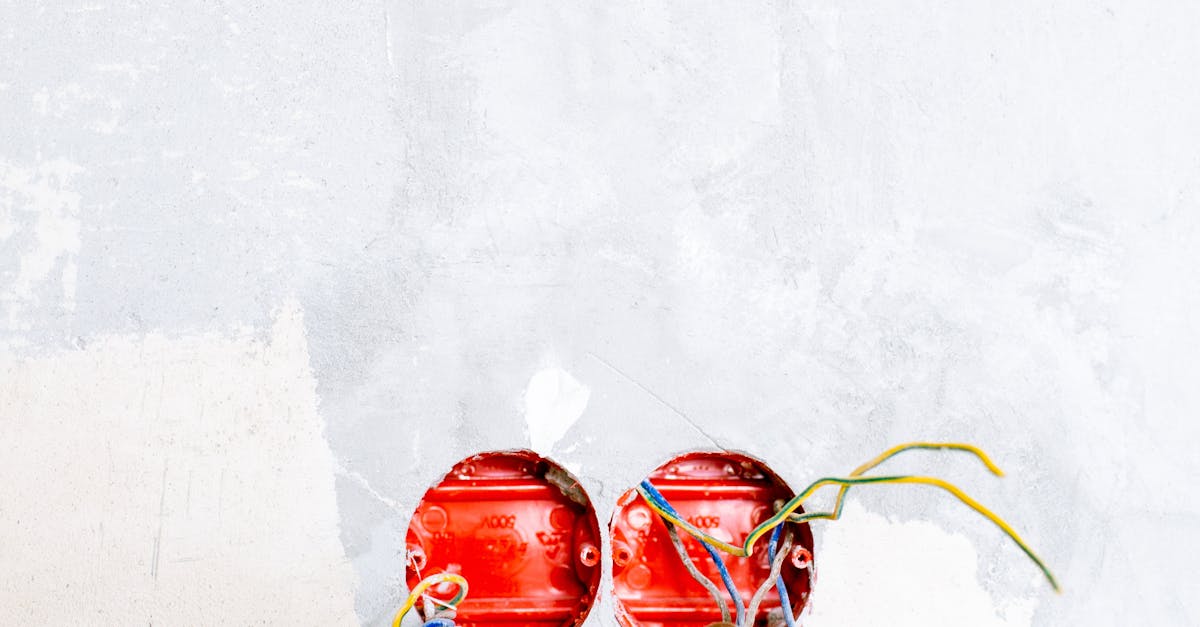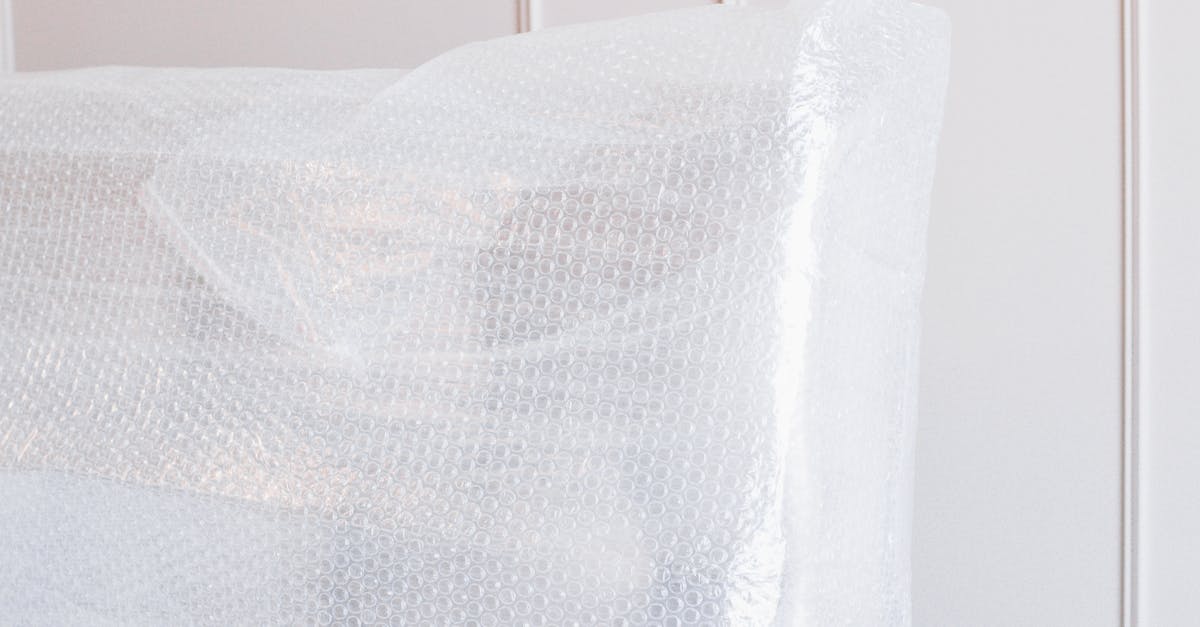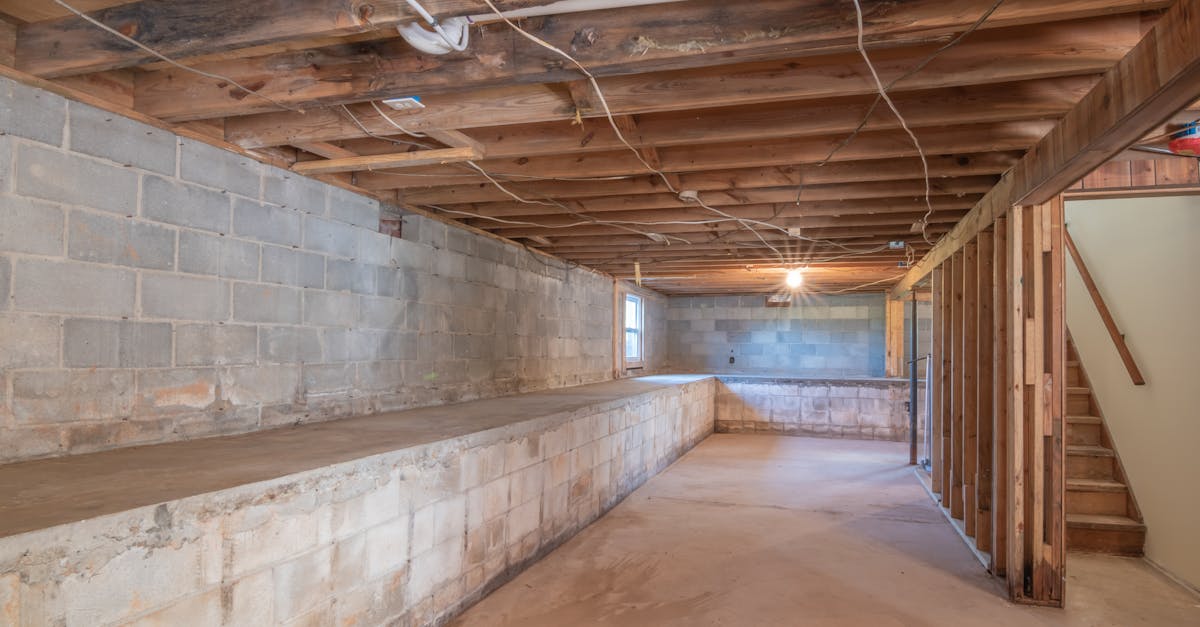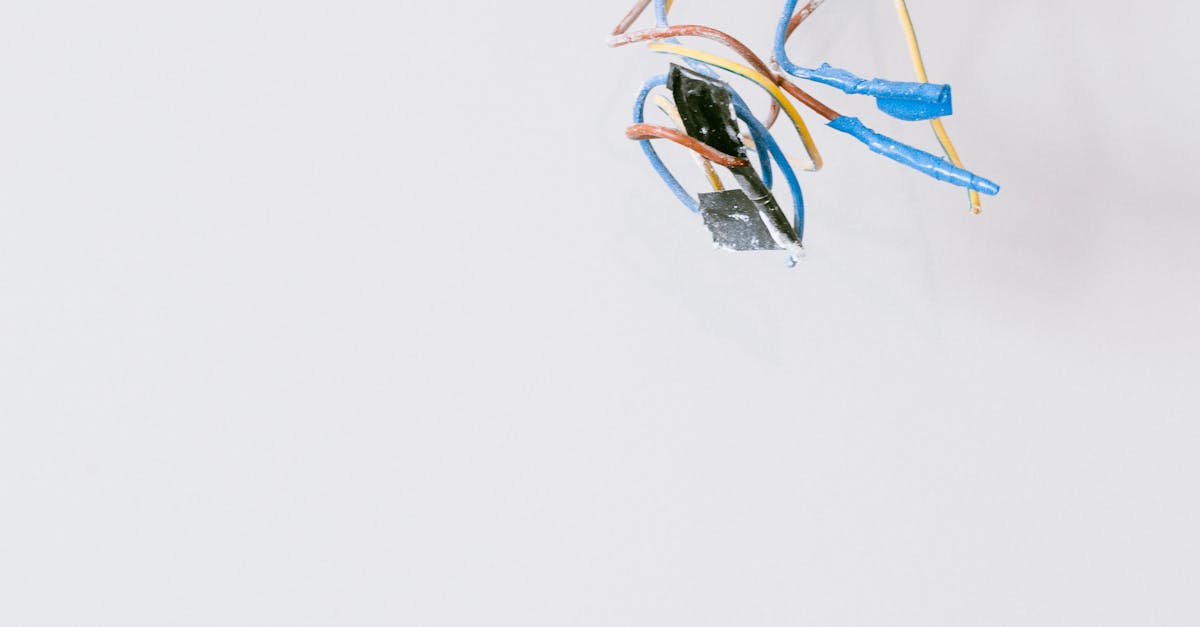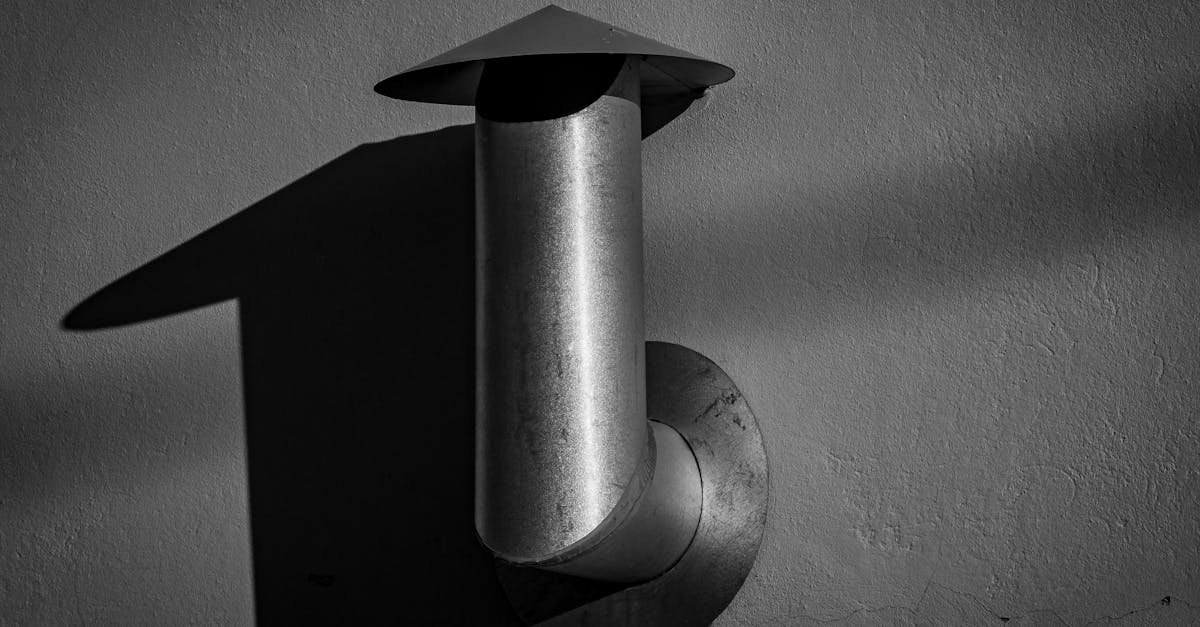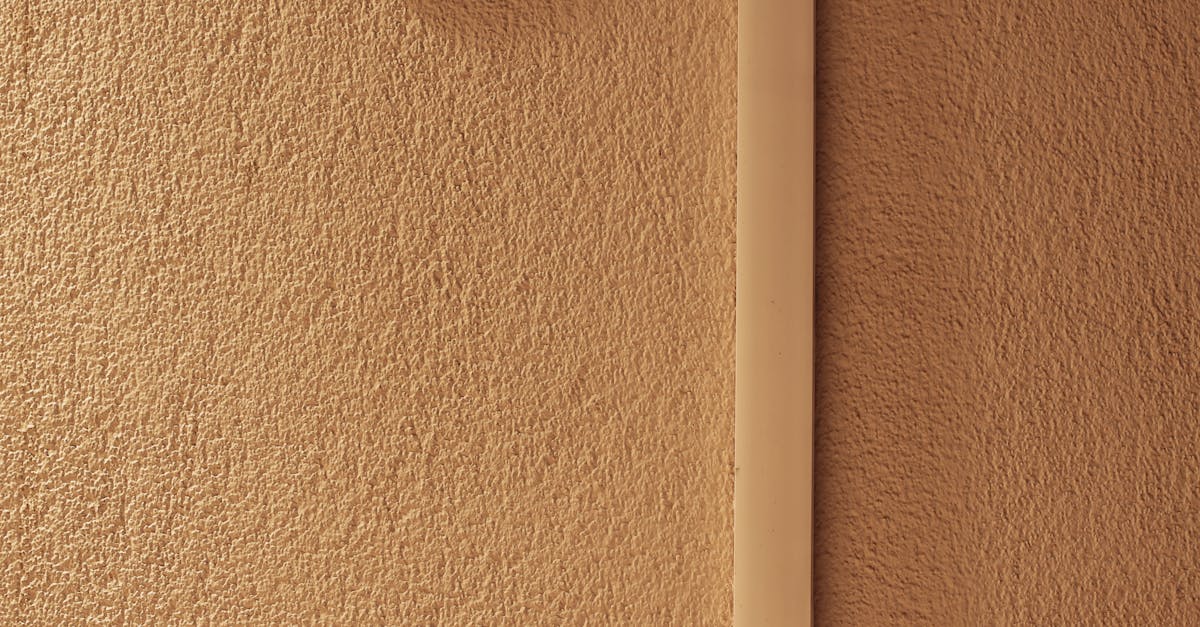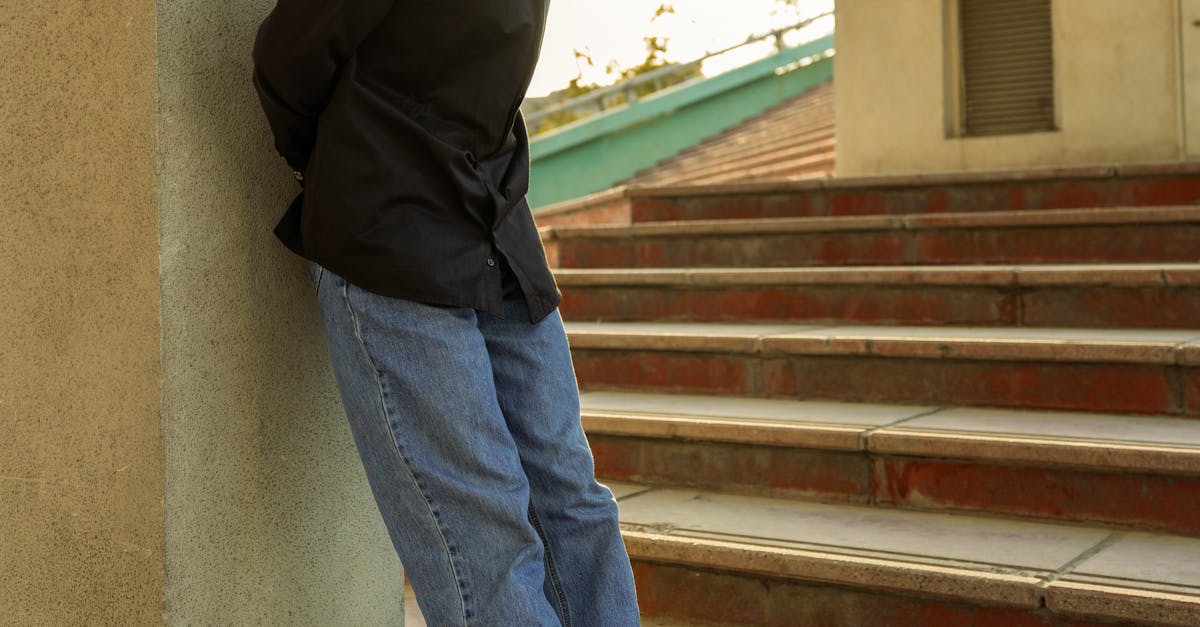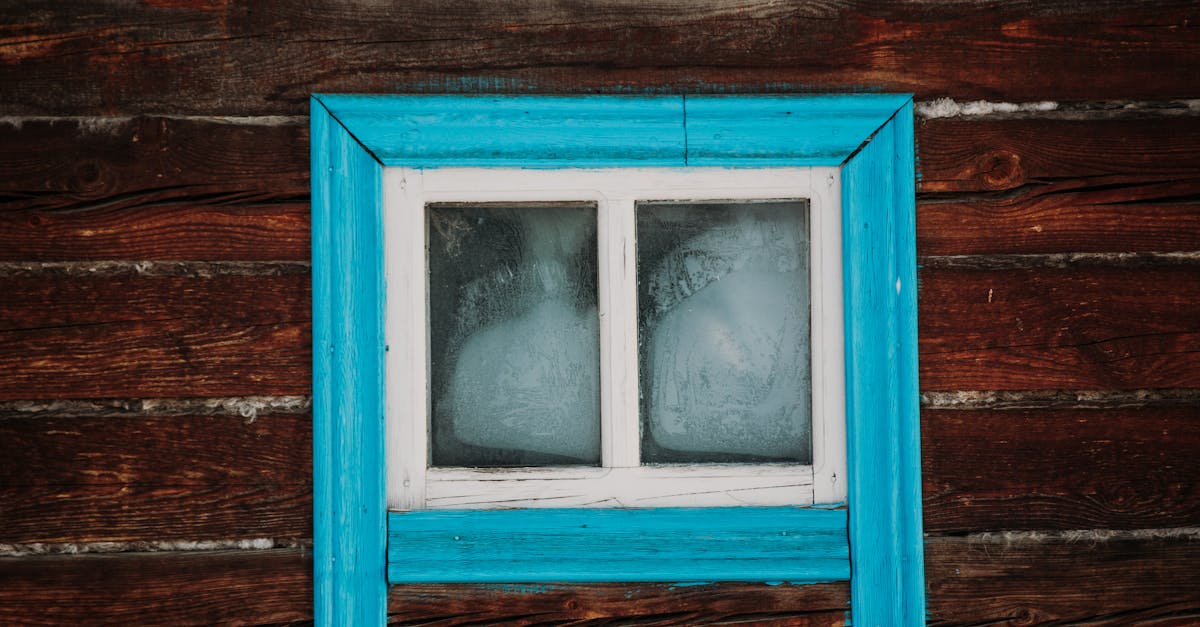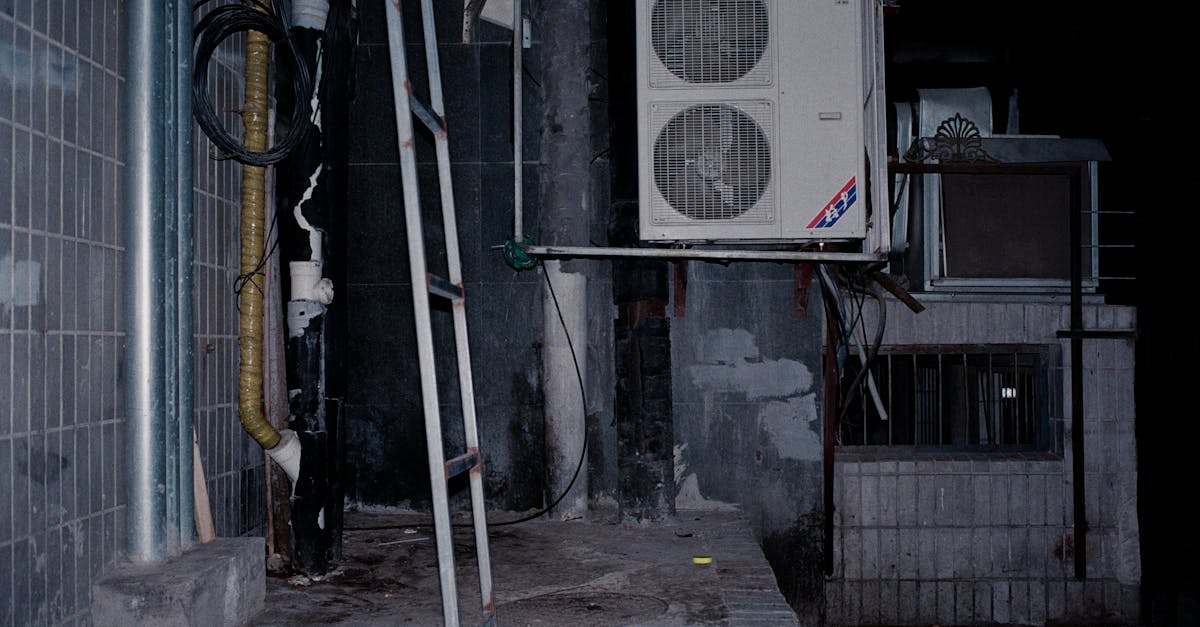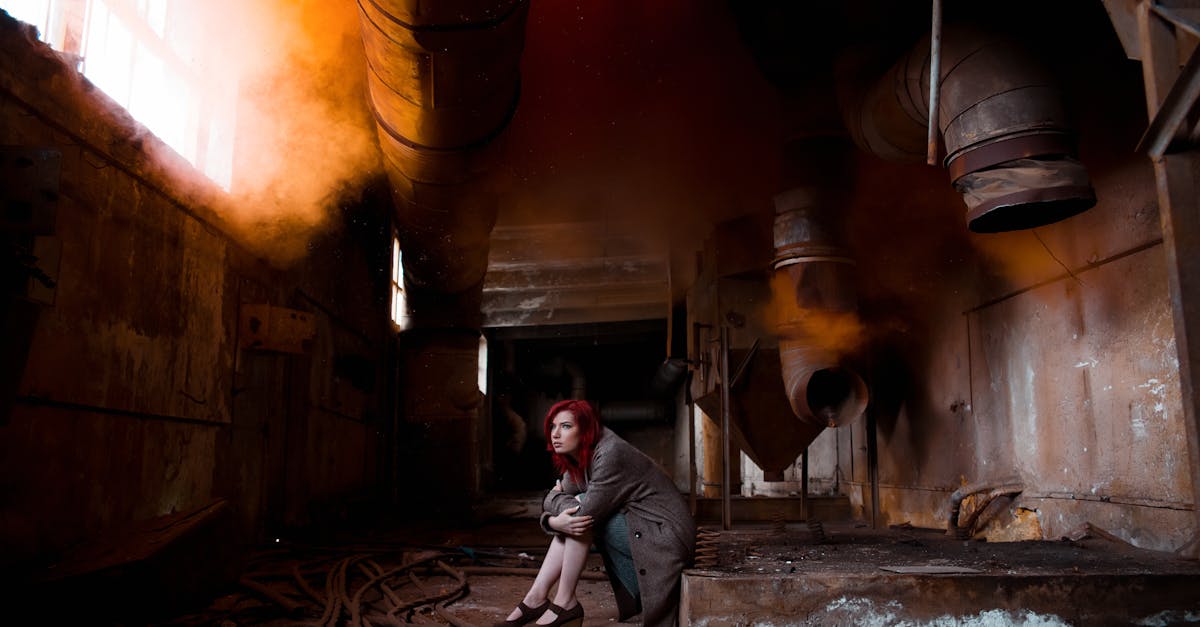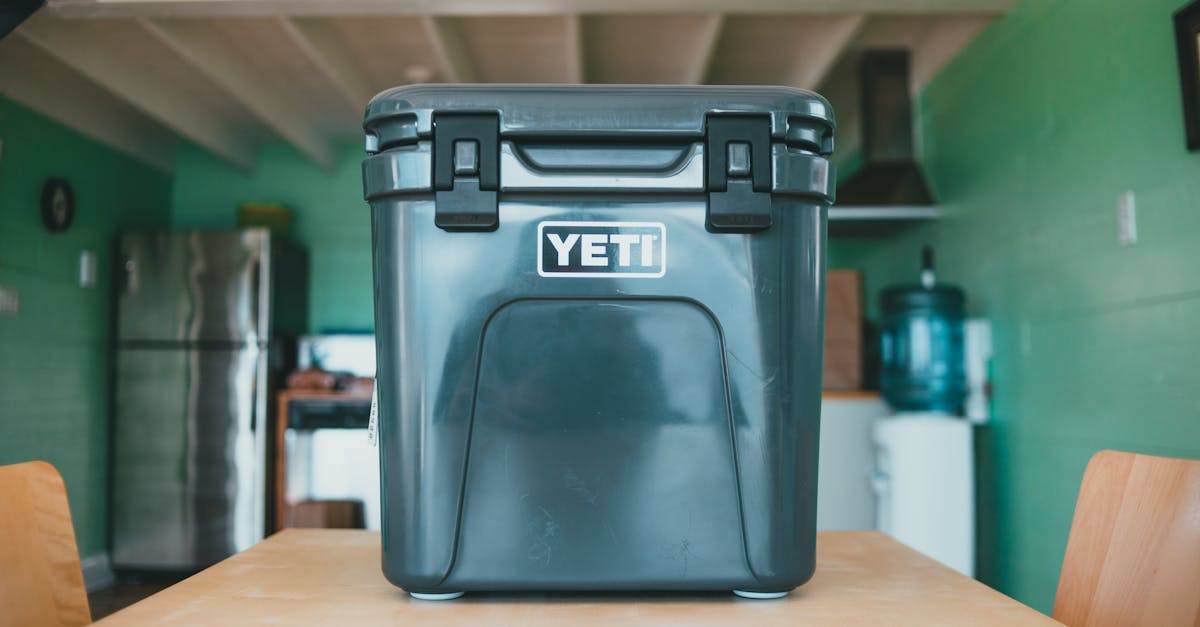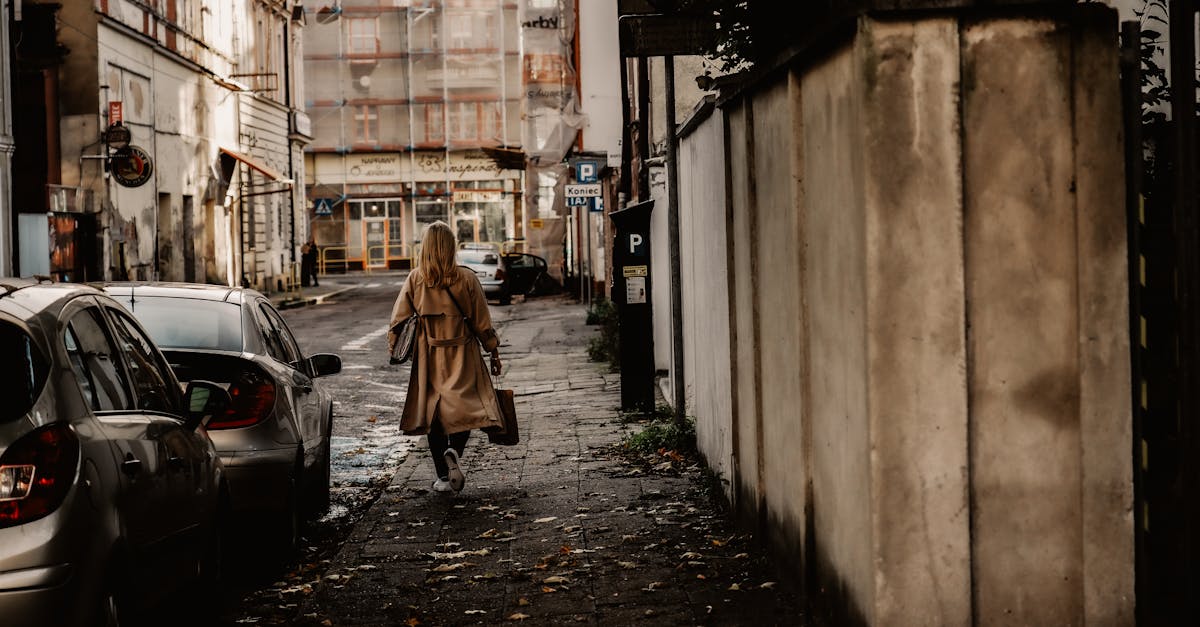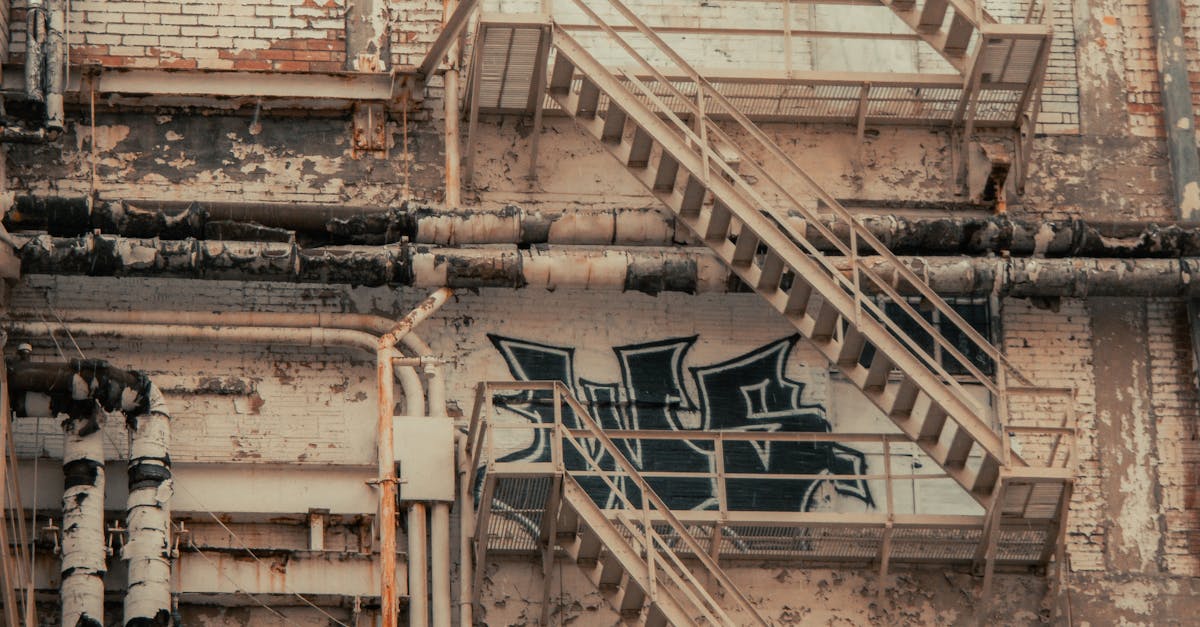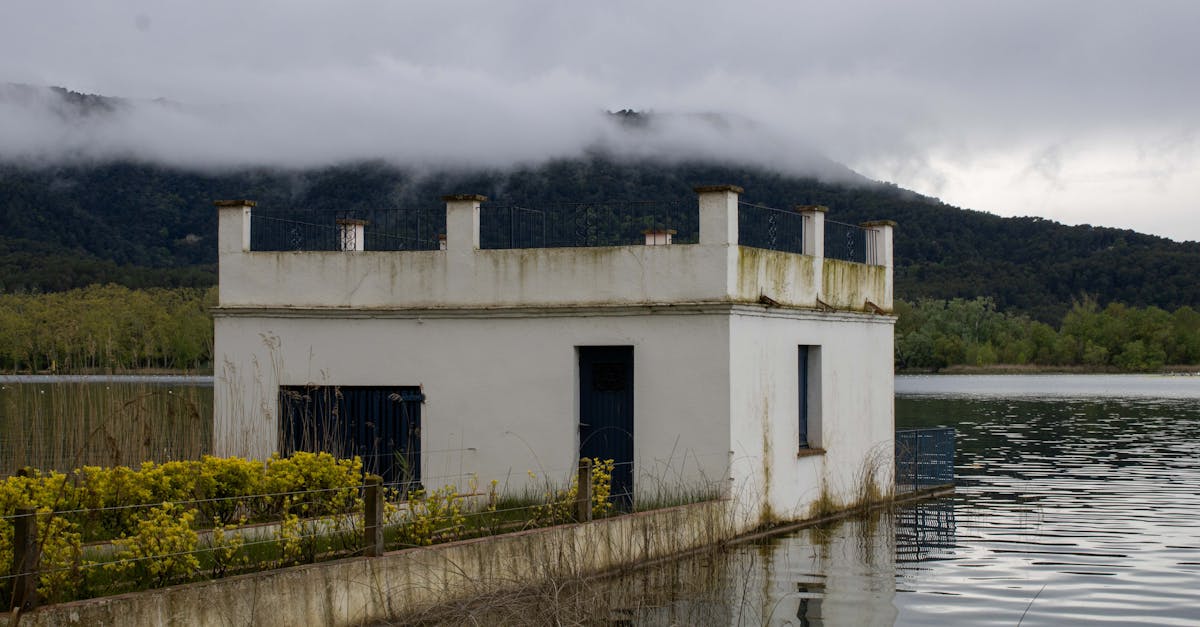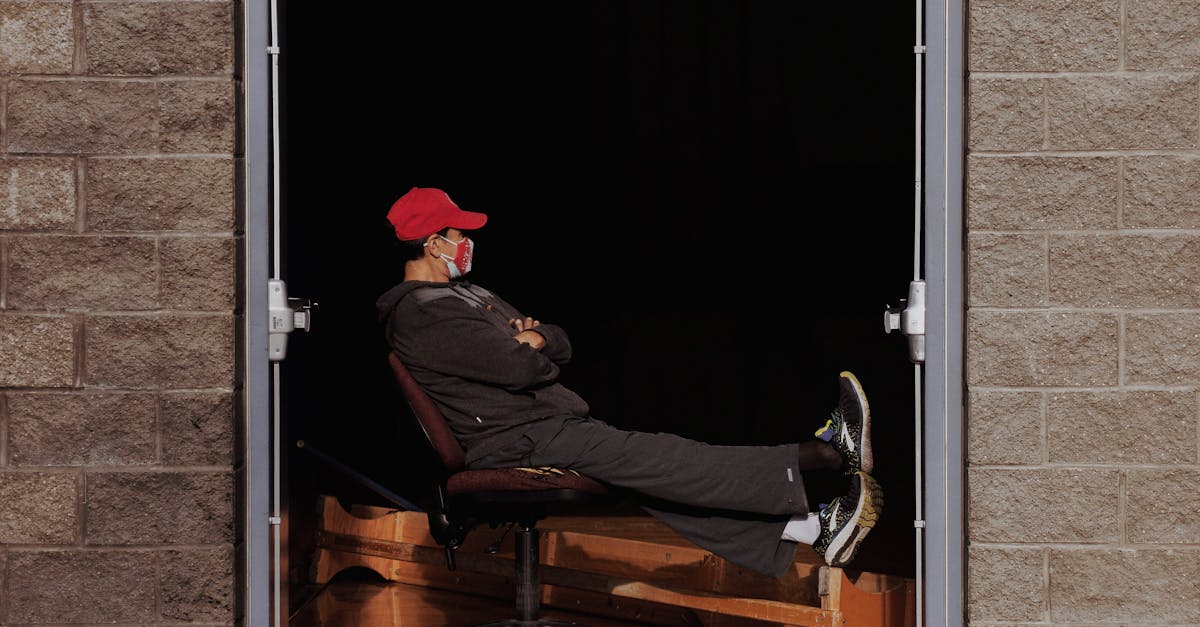Expert Guide to Cavity Wall Insulation Removal and Effective Wall Insulation Solutions
Cavity wall insulation serves as a vital component in improving a building's energy efficiency by filling the gap between two layers of a wall, known as cavity walls. This insulation helps maintain a stable indoor temperature while reducing energy bills. Over time, however, various factors can compromise the effectiveness of cavity wall insulation, leading to the necessity for cavity wall insulation removal. Issues such as moisture penetration or the degradation of insulation materials can arise, prompting the need for inspection and potential replacement. Understanding the challenges associated with external wall insulation and the types of insulation materials available is crucial for homeowners contemplating insulation solutions. Proper knowledge about cavity wall options allows for informed decisions on maintaining the integrity and efficiency of their living spaces.
What is Cavity Wall Insulation?
Cavity wall insulation serves as a crucial element in enhancing the energy efficiency of buildings with cavity walls. This type of insulation fills the gap between the two layers of brickwork in a wall, significantly improving thermal performance. Options such as fibreglass insulation and foam insulation, including urea formaldehyde foam insulation, are popular choices. The Great British Insulation Scheme promotes the use of these materials to help homeowners achieve better home insulation, reducing heating costs and carbon footprints.
Over time, however, the effectiveness of cavity wall insulation can diminish due to various factors, necessitating cavity wall insulation removal. Issues such as moisture ingress or deterioration of the insulation material can lead to dampness and structural problems. Homeowners may find themselves needing to evaluate their current insulation and consider professional assistance for insulation removal to ensure their properties remain safe and energy-efficient.
Benefits of Cavity Wall Insulation
Cavity wall insulation significantly improves the energy efficiency of a home. With proper insulation, heat remains trapped within the building, reducing the need for extensive heating. This leads to lower energy bills and a more comfortable living environment. If issues arise, such as dampness or mould, a thorough cavity wall insulation removal may be necessary, often involving the use of vacuum cleaners and hoses to extract the old material. A waterproof barrier can also be installed to prevent future moisture problems, ensuring the integrity of the wall.
The insulation not only helps maintain adequate temperatures but also enhances acoustic performance. This is particularly beneficial in urban areas where noise can be disruptive. The successful removal of ineffective insulation usually involves meticulous processes, such as carefully removing plaster to access the cavity. By upgrading to modern materials during cavity wall insulation removal, homeowners can achieve superior energy retention and soundproofing, making their homes not just warmer but also quieter.
Signs Indicating the Need for Cavity Wall Insulation Removal
Various signs can suggest the necessity for Cavity Wall Insulation Removal. The presence of penetrating damp can be a major indicator, especially if you notice moisture seeping through masonry or evident water stains on wallpaper. Radiators may also not heat effectively, pointing to insulation issues. Observing signs around fireplaces, like unusual cold spots or damp surfaces, can further signal problems with existing insulation. Proper assessment often requires the use of vacuums to clear debris and protective gear to ensure safety during inspection. Addressing these concerns promptly can prevent more extensive damage to your home and enhance its overall energy efficiency.
Common Issues with Old Wall Insulation
Old wall insulation can lead to several complications that necessitate cavity wall insulation removal. Over time, debris can accumulate, obstructing the efficacy of the insulation and allowing heat to escape, which increases energy bills. This degradation may also result from moisture infiltration, which can weaken the structural integrity of the bricks and compromise the overall performance of the installation.
The necessity of a cavity wall insulation removal process becomes apparent when these problems arise. Excess moisture encourages mould growth, which can adversely affect indoor air quality. Moreover, removal cavity wall can expose underlying issues that require attention, ensuring a more effective insulation solution is implemented moving forward. Effective removal is crucial to maintain a comfortable living environment.
Impact of Moisture and Dampness
Moisture and dampness can severely compromise the effectiveness of cavity wall insulation. Over time, old insulation may become saturated, leading to reduced thermal performance and potential structural issues. Such conditions often necessitate cavity wall insulation removal to prevent further damage to the property. Homeowners should be aware that failure to address these moisture problems can lead to costly repairs in the future. Once the old insulation removal is complete, ensuring a cavity insulation guarantee becomes essential in protecting against future dampness.
The presence of dampness can also encourage the growth of mould and mildew, creating health hazards within the home. In situations where dampness is prevalent, it may be necessary to perform cavity wall extraction as part of the insulation removal process. Post-removal, homeowners should consider suitable insulation replacement materials that are designed to resist moisture and enhance indoor air quality. Choosing among modern insulation solutions can help mitigate the risk of dampness and prolong the effectiveness of the insulation system.
The Cavity Wall Insulation Removal Process
Cavity Wall Insulation Removal involves a systematic approach to ensure the effective extraction of old insulation materials. An experienced insulation removal team conducts an initial assessment of the property to identify existing issues and plan the removal procedure. The costs associated with insulation removal can vary based on the complexity of the job and the condition of the cavity wall beneath. If the insulation doesn’t meet current performance standards, it's vital to consider modern insulation installation options that can enhance energy efficiency. Homeowners may opt for retrospective cavity wall solutions that not only address the removal of outdated materials but also upgrade the insulation for better thermal performance.
Initial Assessment and Inspection
A thorough assessment of the existing insulation is crucial before initiating Cavity Wall Insulation Removal. Inspectors will look for signs of defective cavity walls and identify any cavity wall problems that could compromise the effectiveness of the insulation material. Old cavity wall systems may not perform as efficiently as newer options, leading to issues such as moisture retention in a wet cavity wall. Understanding these factors helps homeowners prepare for potential insulation removal costs.
Following the initial inspection, contractors will provide recommendations on the best course of action. If the cavity wall is found to be free of major structural issues, effective insulation material can be suggested for installation. However, if significant defects are present, the focus will shift towards addressing these issues before proceeding with any insulation work. This comprehensive evaluation ensures that the Cavity Wall Insulation Removal process is carried out smoothly and effectively, preserving the integrity of the dwelling.
Necessary Tools and Equipment
A range of tools and equipment is essential for effective Cavity Wall Insulation Removal. Insulation experts typically require specific gear such as insulation extraction machines, which are designed to remove loose insulation safely and efficiently. Understanding the condition of the existing insulation is crucial, particularly if it consists of defective insulation material, as this can affect the overall process. For instances where poor cavity wall conditions are present, additional tools for assessing and testing wall structures may be necessary.
Safety equipment should not be overlooked during the removal process, ensuring that workers are protected from any potential hazards. Personal protective gear, such as gloves, masks, and goggles, is vital for safeguarding against dust and debris. A thorough inspection of the wall cavity may necessitate using moisture meters or thermal imaging cameras to identify any hidden issues. Post-removal, preparing the wall for installation of new cavity wall or upgrading to modern insulation solutions is an important step that should be done with careful consideration of materials and techniques.
Steps Involved in Cavity Wall Removal
Cavity Wall Insulation Removal involves a series of crucial steps to ensure the effective extraction of old insulation. First, the area must be prepared, which includes protecting surrounding surfaces and ensuring that all necessary tools are easily accessible. Insulation installers will then assess the condition of the average cavity wall to identify issues such as clumped insulation or deterioration of the old insulation material. Following this inspection, techniques are applied to safely remove the insulation, which may involve using specialised equipment designed for the extraction of special insulation material. This process not only clears the space for insulation upgrades but also prevents potential moisture issues that can arise from old insulation. The meticulous approach taken during Cavity Wall Insulation Removal ensures a smooth transition to new, more efficient insulation solutions.
Preparing the Area for Removal
Creating an optimal environment for Cavity Wall Insulation Removal is essential for ensuring a smooth and efficient process. First, any furniture or belongings should be moved away from the walls to prevent damage during removal. It is important to assess the condition of the insulation product, as damp insulation can indicate that it has trapped moisture within the term cavity walls. This can significantly impact the performance of cavity wall systems, necessitating a thorough assessment before proceeding.
Access to the loft is another critical aspect of preparation. If loft insulation exists, it should be checked for signs of dampness or degradation, as this can affect both the insulation performance and the entire structure. The presence of high-performance cavity wall systems can mitigate some issues, but preparing the area by clearing it of obstacles allows contractors to execute the Cavity Wall Insulation Removal effectively while avoiding unnecessary complications. Proper preparation sets the stage for a successful insulation extraction.
Techniques for Effective Insulation Extraction
Effective insulation extraction requires careful planning and the right techniques. During Cavity Wall Insulation Removal, professionals often start with a thorough home insulation assessment to determine the type and condition of the existing insulation. Insulation services may include the removal of blown fibreglass insulation or bead insulation, depending on which material was originally used. A cavity wall surveyor assesses the unfilled cavity and checks for potential issues that could complicate the extraction process.
Specialised equipment is crucial in minimising insulation dust and ensuring a clean removal. Vacuum systems designed for Cavity Wall Insulation Removal help to contain debris and provide a more efficient extraction. Techniques such as injecting compressed air can help dislodge stubborn materials, ensuring a thorough completion of the task. Ensuring that the extraction process is done correctly reduces the likelihood of further issues and prepares the walls for new insulation effectively.
What to Expect During Cavity Insulation Work
During Cavity Wall Insulation Removal, homeowners can anticipate a thorough examination of the external wall defects that may have contributed to moisture issues. The process often involves assessing wall cavities to identify any early foam insulation that may have deteriorated over time. Technicians skilled in cavity extraction will utilise specialised equipment to safely remove any compromised insulation, ensuring minimal disruption to the outer wall. Many professionals adhere to guidelines set by the British Insulation Scheme, thereby guaranteeing the work is completed to stringent standards. Post-removal, a comprehensive cleaning and inspection will follow to ensure that the area is clear of debris and ready for any potential replacement or upgrade.
Duration of the Insulation Removal Process
The duration of Cavity Wall Insulation Removal can vary significantly depending on several factors. The size of the property and the complexity of the existing insulation impact the removal timeline. For instance, a typical semi-detached house with solid walls may require more time than a smaller bungalow. The condition of the wall surfaces and the accessibility of the cavity space also play critical roles. Technicians need to ensure that the whole cavity is thoroughly inspected and cleared to prevent future issues.
On average, homeowners can expect the insulation removal process to take one to two days. This timeframe allows professionals to safely assess the outer walls, manage the wall temperature effectively, and ensure all insulation is entirely extracted. The removal involves careful handling to prevent damage to the external wall and other structural elements. Effective communication between the contractor and the homeowner helps in setting clear expectations regarding the duration and the procedures involved.
- The size of the property impacts the overall removal timeline.
- The complexity of the existing insulation can extend the process.
- Wall surface conditions can either speed up or slow down the removal.
- Accessibility of the cavity space is crucial for efficient removal.
- Average duration for the process is typically one to two days.
- Effective communication with the contractor is essential for setting expectations.
- Thorough inspection is necessary to prevent future insulation issues.
Post-Removal Cleaning and Inspection
After Cavity Wall Insulation Removal, a thorough cleaning of the work area is essential. Dust and debris from the removal process can accumulate on both the external walls and internal walls of the property. Special care should be taken to clear any material that may have collected around the left wall or other surfaces. Ensuring that permeable wall materials are free of contaminants is crucial for maintaining their integrity and effectiveness.
Inspection following the cleaning phase is vital to identify any potential damage that may have occurred during the Cavity Wall Insulation Removal. Areas such as the rear wall should be closely examined for issues that could affect masonry protection cream application. A professional inspection can help assess the condition of the structure and guide homeowners in determining the next steps for insulation and wall maintenance.
Choosing Professionals for Insulation Removal
Selecting the right professionals for Cavity Wall Insulation Removal is crucial for ensuring a successful process. Experts should possess qualifications that reflect their knowledge of handling various materials, including waterproof materials designed to protect against damp walls effectively. Proper assessment of the outside walls and identifying issues related to cavity batts and dampness is essential. Professionals should demonstrate experience with the nuances of existing cavity insulation, particularly in relation to fewer walls and specific elements of the front wall. A well-qualified contractor will not only facilitate a seamless removal process but also offer insights into potential replacement solutions following the insulation removal.
Qualifications of Cavity Wall Insulation Contractors
A qualified contractor in cavity wall insulation removal should possess a deep understanding of building construction, particularly the mechanics of the outer leaf wall. This knowledge is crucial for ensuring thorough removal of insulation materials without causing damage or leakage. Experts should be familiar with various types of wall insulation and the specific requirements for effective removals. Their expertise guarantees that the cavity remains intact and functional after the removal process.
Certification and experience play significant roles in determining the suitability of contractors for cavity wall insulation removal. Professionals should have accreditation from relevant bodies, indicating their adherence to industry standards. Experience in handling different types of insulation and understanding the implications of moisture and dampness in the cavity is essential. Choosing qualified individuals ensures that the cavity is appropriately managed during the removal process and that the walls remain structurally sound.
Reviewing Contractor Credentials and Feedback
Evaluating contractor credentials is crucial for a successful Cavity Wall Insulation Removal project. Look for professionals who are experienced in the complete removal of insulation, ensuring they follow proper techniques to prevent waste materials from accumulating. Contractors working with well-established companies like British Gas Cavity are often preferable, as they have a reputation to uphold and are likely to provide quality service. An effective removal process should include thorough inspections to check for any penetration or loose debris that may affect the overall integrity of the walls.
Feedback from previous clients can provide valuable insights into a contractor's reliability and efficiency. Client testimonials can reveal how well the contractor handles the Cavity Wall Insulation Removal and their approach to managing the site, including the removal of waste materials. Positive reviews may indicate that the contractor maintains a clean work environment, ensuring that any loose debris is promptly dealt with. Prioritising feedback as part of your decision-making process can lead you to the right wall insulation professional for your needs.
Alternative Options After Insulation Removal
After Cavity Wall Insulation Removal, homeowners have various options to consider for improving their property's energy efficiency. Selecting suitable replacement insulation materials is crucial, with choices ranging from traditional options to innovative solutions designed to enhance heating retention without the drawbacks of moisture and dampness. Ensuring proper installation often necessitates using wall ties and adequate protective gear needs to safeguard the underlying structure, including roof coverings and external bricks. While opting for modern insulation solutions can seem expensive, the long-term savings on energy bills can offset the removal costs associated with outdated insulation. Each alternative offers unique advantages, making it essential to evaluate the best fit for your specific property needs.
Replacement Insulation Materials
Choosing the right materials for insulation after cavity wall insulation removal is essential for maintaining energy efficiency and preventing issues like rain penetration. Modern materials such as mineral wool and foam board come highly recommended due to their superior thermal performance. These options help create a robust barrier within the walls, reducing the risk of harmful gas leakage from compromised areas. Proper installation of these materials ensures a comfortable living environment while safeguarding against external weather conditions.
A well-planned installation of new insulation materials can significantly enhance the overall integrity of the structure. This process should not only focus on filling the cavity but also consider factors like moisture management and ventilation. The use of modern insulation solutions can help mitigate the risk of dampness and other moisture-related problems, thereby increasing the lifespan of the walls and floor. Selecting the right contractor for the installation process is crucial to ensuring that the new materials are fitted correctly and effectively.
- Assess the specific insulation needs of your property before selecting materials.
- Consider the environmental impact of insulation materials and opt for sustainable options where possible.
- Ensure that the chosen insulation materials comply with current building regulations and standards.
- Evaluate the potential for soundproofing benefits alongside thermal insulation.
- Look for products with high R-value ratings to maximise energy efficiency.
- Engage with reputable contractors to guarantee high-quality installation and workmanship.
- Regularly inspect and maintain insulation to identify any issues early on.
Upgrading to Modern Insulation Solutions
Modern insulation solutions offer a significant improvement over older materials used in cavity wall systems. After a thorough Cavity Wall Insulation Removal, homeowners often turn to advanced insulation materials designed for better thermal efficiency. Options such as spray foam or rigid foam boards can effectively minimise heat loss through outer walls, ensuring that spaces like the rear reception room maintain comfortable temperatures. Understanding the removal cost guide can also help homeowners budget for these upgrades effectively.
Selecting the right replacement materials is crucial for achieving optimal performance. A professional removal team can provide insights into the most suitable insulation types tailored to a home's specific needs. With proper installation, these modern solutions not only enhance energy efficiency but also prevent issues associated with moisture accumulation within the cavities. Investing in upgraded insulation can lead to long-term savings on energy bills and improved living conditions.
Conclusion
Cavity Wall Insulation Removal is a significant process that requires careful consideration of various factors including the integrity of existing materials and the potential for moisture issues. Engaging an experienced insulation removal team is essential to ensure effective insulation extraction and to mitigate any risks associated with dampness. While insulation removal costs can vary, investing in professional services often results in a more thorough and efficient process, allowing for future insulation installation that enhances energy efficiency. Inspecting the cavity wall beneath current insulation can reveal the need for retrospective cavity wall solutions, ensuring that the new materials provide effective insulation. This proactive approach not only protects your property but also contributes to long-term savings on energy bills.
- Home
- Top Reads
- Roundup of Key Factors for Effective Risk Management in Insulation Removal
- Review of Best Practices in Site Safety Assessments for Insulation Projects
- List of Essential Safety Measures for Site Assessments in Insulation Removal
- Historical Overview of Risk Management in Building Insulation Removal
- Why Site Safety Monitoring Can Reduce Accidents in Insulation Removal
- Why Regular Risk Assessments Are Crucial During Insulation Removal
- What to Check During Site Inspections for Insulation Removal Safety
- What to Include in Your Safety Assessment for Cavity Wall Insulation Projects
- How to Develop an Effective Risk Management Plan for Cavity Wall Insulation Removal
- How to Conduct Comprehensive Site Safety Assessments for Insulation Removal
- Roundup of best practices for emergency response in construction work
- Review of training courses available for emergency procedures in insulation removal
- List of essential first aid supplies for insulation removal work
- Historical perspectives on safety protocols in insulation removal
- Why it’s crucial to have emergency procedures in place during insulation projects
- Why proper first aid training is essential for insulation removal crews
- What to do in case of an exposure to hazardous materials
- How to create an emergency response plan for insulation removal
- How to prepare a site for emergencies during insulation removal
- How to administer first aid for insulation-related injuries
- Roundup of Best Disposal Methods for Insulation Materials
- Review of Industry Standards for Cavity Wall Insulation Handling
- 10 Essential Tips for Safe Insulation Disposal
- Historical Overview of Insulation Disposal Practices
- What Risks Are Associated with Improper Insulation Disposal
- Why Proper Disposal of Cavity Wall Insulation is Essential
- How to Create a Safe Disposal Plan for Insulation Materials
- What Are the Best Practices for Insulation Disposal After Removal
- What to Know About Disposal of Cavity Wall Insulation
- Round-up of Best Practices for Minimising Insulation Risks
- How to Safely Handle Cavity Wall Insulation During Removal
- Review of Health and Safety Practices for Insulation Removal
- List of Common Hazards Linked to Insulation Materials
- Historical Overview of Insulation Material Risks in Home Renovation
- Why It's Essential to Monitor Health Risks During Insulation Removal
- Why Proper Insulation Material Assessment is Crucial
- What to Know About the Risks of Different Insulation Types
- What to Consider When Working with Risky Insulation Materials
- How to Safely Handle Hazardous Insulation Materials
- How to Identify Risks Associated with Insulation Materials
- Roundup of common PPE mistakes in cavity wall insulation removal
- Review of the best PPE for insulation removal on the market
- 7 must-have items for effective PPE during cavity wall work
- Why personal protective equipment is crucial during insulation removal
- The history of personal protective equipment in insulation removal
- Why regular inspection of PPE matters for insulation safety
- What PPE is essential for safe cavity wall insulation removal
- What to expect when using PPE for cavity wall insulation removal
- How to properly maintain personal protective equipment during removal
- Review of Financial Assistance Options for Insulation Removal
- How to select the right PPE for cavity wall insulation removal
- Roundup of Grants Available for Home Insulation Projects
- 10 Sources of Grants for Cavity Wall Insulation Removal
- Why Grants Can Make Insulation Removal More Affordable
- The History of Financial Assistance for Home Insulation Projects
- What Financial Support is Available for Cavity Wall Insulation
- Why You Should Explore Funding Options for Insulation Removal
- What to Know About Financial Aid for Insulation Removal
- How to Apply for Grants Supporting Insulation Removal
- How to Find Financial Assistance for Cavity Wall Insulation Removal
- Roundup of Cost Estimates for Insulation Material Types
- Review of Cost Differences among Popular Insulation Materials
- 10 Factors Influencing the Cost of Insulation Material Removal
- The Economic Impact of Insulation Material Choices on Removal
- Historical Overview of Insulation Material Costs and Removal
- Why Are Some Insulation Materials More Expensive to Remove?
- What are the Financial Consequences of Choosing Inexpensive Insulation?
- What to Consider When Evaluating Insulation Material Costs
- How Different Insulation Materials Affect Removal Costs
- Understanding the Cost Implications of Various Insulation Materials
- Review of the Best Professional Insulation Removal Services
- Roundup of DIY Techniques for Cost-Effective Insulation Removal
- A Historical Perspective on Cavity Wall Insulation Removal Costs
- 7 Reasons to Opt for Professional Cavity Wall Insulation Removal Services
- Why Professional Help Could Be Worth the Investment in Insulation Removal
- Why You Might Save Money with DIY Insulation Removal
- What Factors Affect the Cost of Professional Cavity Wall Insulation Removal
- How to Calculate the Costs of DIY Cavity Wall Insulation Removal
- DIY vs Professional Cavity Wall Insulation Removal: What You Need to Know
- What to Consider Before Choosing DIY or Professional Insulation Removal
- Roundup of Financial Aspects to Consider for Cavity Wall Insulation Removal
- Review of Cost Estimates from Various Insulation Removal Companies
- List of Average Costs for Cavity Wall Insulation Removal by Property Type
- History of Cost Changes in Cavity Wall Insulation Removal
- Why Cost Variation Exists in Cavity Wall Insulation Removal
- Why You Should Consider Average Cost Estimates Before Removal
- What Factors Determine the Average Cost of Cavity Wall Insulation Removal
- What to Expect in Terms of Costs for Removing Cavity Wall Insulation
- How to Compare Costs Across Different Property Types for Insulation Removal
- Review of Cost Variations in Cavity Wall Insulation Removal
- Roundup of Financial Considerations for Insulation Removal
- How to Calculate the Average Cost of Cavity Wall Insulation Removal
- Historical Perspectives on Cavity Wall Insulation Costs
- 10 Key Factors Influencing Cavity Wall Insulation Removal Costs
- Why Location Matters in Cavity Wall Insulation Removal Pricing
- Why do Different Insulation Types Affect Removal Costs
- What Factors Determine the Overall Cost of Insulation Removal
- What’s the Impact of Property Size on Insulation Removal Costs
- How to Minimise Costs When Removing Cavity Wall Insulation
- How to Estimate the Costs of Cavity Wall Insulation Removal
- Roundup of Latest Innovations in Thermal Removal Technologies
- A Review of the Most Effective Thermal Insulation Removal Techniques
- 10 Key Advantages of Thermal Removal Strategies in Insulation
- Historical Development of Thermal Removal Methods for Insulation
- Why Thermal Techniques are Gaining Popularity in Insulation Removal
- What are the Benefits of Thermal Removal Methods for Insulation
- What to Expect During Thermal Cavity Wall Insulation Removal
- Why Choose Thermal Removal Over Other Methods for Insulation
- How to Prepare Your Home for Thermal Insulation Removal
- How to Effectively Use Thermal Techniques for Cavity Wall Insulation Removal
- Roundup of Best Practices in Manual Insulation Removal
- Review of Manual Cavity Wall Insulation Removal Experiences
- 10 Essential Tips for Successful Manual Removal of Insulation
- Historical Methods of Manual Insulation Removal
- Why Manual Processes Can Be Time-Consuming
- Why Choose Manual Removal Over Other Techniques
- What Tools Are Required for Manual Insulation Removal
- What is Manual Cavity Wall Insulation Removal
- How to Prepare Your Home for Manual Insulation Removal
- Roundup of Best Practices for Chemical Insulation Removal
- How to Effectively Remove Cavity Wall Insulation by Hand
- Review of Chemical Products for Insulation Removal
- List of Chemicals Suitable for Cavity Wall Insulation Dissolution
- Why Insulation Removal Chemicals Should Be Used with Care
- Historical Development of Chemical Methods in Insulation Removal
- Why Choose Chemical Dissolution for Insulation Removal
- What Chemicals are Commonly Used for Insulation Dissolution
- What is the Process of Chemical Dissolution in Cavity Wall Insulation Removal
- How to Ensure Safety When Using Chemicals for Insulation Removal
- How to Effectively Use Chemical Agents for Cavity Wall Insulation Removal
- Roundup of Vacuum Extraction Methods for Effective Insulation Removal
- 10 Tips for Successful Vacuum Extraction of Cavity Wall Insulation
- The History of Vacuum Extraction Techniques in Insulation Removal
- Review of Top Vacuum Extraction Systems for Wall Insulation
- Why Vacuum Extraction is Gaining Popularity for Insulation Removal
- Why Choose Vacuum Extraction Over Other Removal Methods
- What to Expect During Vacuum Extraction Processes
- What is Vacuum Extraction in Cavity Wall Insulation Removal
- How to Identify the Best Equipment for Vacuum Extraction
- How to Effectively Use Vacuum Extraction for Cavity Wall Insulation Removal
- Roundup of Expert Opinions on Mechanical Removal Methods
- 7 Essential Tools for Mechanical Cavity Wall Insulation Removal
- A Review of the Best Mechanical Removal Equipment Available
- The Historical Evolution of Mechanical Removal Technologies
- Why Understanding Mechanical Techniques is Critical for Homeowners
- Why Mechanical Removal is a Preferred Option for Cavity Wall Insulation
- What to Consider Before Choosing Mechanical Removal Techniques
- How to Assess the Suitability of Mechanical Methods for Your Project
- What is Mechanical Removal in Cavity Wall Insulation?
- How to Effectively Use Mechanical Tools for Insulation Removal
FAQS
What should I know about insulation removal faq for cavity wall extraction?
When considering insulation removal faq related to cavity wall extraction, it's important to understand that cavity walls insulation can sometimes trap moisture. This situation can lead to issues for your exterior walls. If you need assistance, look for options to have free cavity wall assessment and professional removal, especially to prevent the expensive removal of problematic cavity wall insulation.
What are the potential risks associated with cavity wall insulation and its removal?
When dealing with cavity wall insulation, it is important to understand that insulation can sometimes trap moisture, which may lead to damage in the walls. If a few walls show signs of moisture retention, it can be a sign to consider insulation removal. It is crucial for homeowners to assess the effectiveness of cavity wall insulation and consult professionals to ensure that cavity insulation is removed safely to prevent damage to the real wall.
How does moisture affect cavity wall insulation and what should be considered during its removal?
Cavity wall insulation can trap moisture, which may lead to significant issues if not properly managed. When considering the removal of insulation, it's essential to assess whether the insulation isn giving rise to problems, such as mould growth or structural damage. Ensuring that the cavity wall is adequately ventilated and that any trapped moisture is addressed is crucial for maintaining the integrity of the wall. Proper techniques should be employed during the cavity insulation extraction to minimise disruptions and prevent further moisture retention.
What factors should be taken into account when considering the removal of cavity wall insulation?
When considering the removal of cavity wall insulation, it is essential to understand that insulation can trap moisture, which may lead to further issues if not addressed properly. It's important to assess the condition of your rear wall and to seek advice from professionals regarding the best methods for cavity insulation removal. Additionally, being aware of the potential impact of moisture on your property's structure can help ensure that the process goes smoothly and effectively.
How does cavity wall insulation trap moisture, and what precautions should be taken during the removal process?
Cavity wall insulation can trap moisture, leading to potential issues like mould or structural damage. When considering cavity wall insulation removal, it's crucial to inspect the area thoroughly for any moisture presence, as improper removal techniques could exacerbate existing problems. Always consult with professionals who understand the complexities of cavity insulation and the necessary precautions required to ensure safe removal and maintain the integrity of your cavity wall.
What are the common signs that indicate issues with cavity wall insulation and its removal process?
Common signs that suggest problems with cavity wall insulation include damp patches on internal walls, mould growth, and condensation. These issues arise because cavity wall insulation can trap moisture within the walls, leading to structural damage. When considering the removal of cavity insulation, it's crucial to assess the extent of the dampness, as insulation traps moisture and can complicate the removal process. Ensuring a thorough inspection and appropriate precautions are taken will help in addressing these concerns effectively.
How can the condition of cavity wall insulation impact the effectiveness of removal strategies?
The condition of cavity wall insulation is crucial because damaged or wet cavity wall insulation can complicate the removal process. Professionals must assess the state of the cavity insulation to ensure they employ the appropriate methods for removal, especially in cases where moisture is present. Proper evaluation and technique can prevent further issues in the cavity wall and ensure that any remaining insulation is safe.
What are the different methods for evaluating cavity wall insulation before removal?
When considering the removal of cavity wall insulation, it's important to evaluate the condition of the cavity wall insulation itself. Depending on the state of the insulation, various strategies may be employed to ensure effective removal. Issues observed in the cavity wall, such as dampness or structural concerns, can significantly influence the approach taken. Adequate assessment of the cavity and the insulation within should guide decisions on whether to proceed with removal or seek alternative solutions.
How does the effectiveness of cavity wall insulation influence the choice of removal strategies?
The effectiveness of cavity wall insulation significantly impacts the approach taken during removal. If the cavity wall insulation is found to be compromising the integrity of the structure or contributing to issues such as moisture retention in the cavity wall, homeowners may need to consider more comprehensive removal strategies. Cavity wall insulation should be evaluated thoroughly for its impact on the rear wall, as poor condition could lead to further complications and necessitate the use of specific tools and methods for safe removal and replacement.
What steps should I take to ensure the safe removal of cavity wall insulation?
To ensure the safe removal of cavity wall insulation, it is essential to assess the condition of the cavity wall and identify any issues related to moisture or damage. Engage a professional to evaluate the cavity insulation thoroughly and discuss the best practices for the removal process. Proper precautions should be taken to prevent any damage to the wall and to ensure that the surrounding area, including the cavity, remains clean and unaffected during the procedure.
Trust Insul8 for your cavity wall insulation removal.



